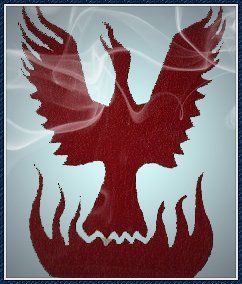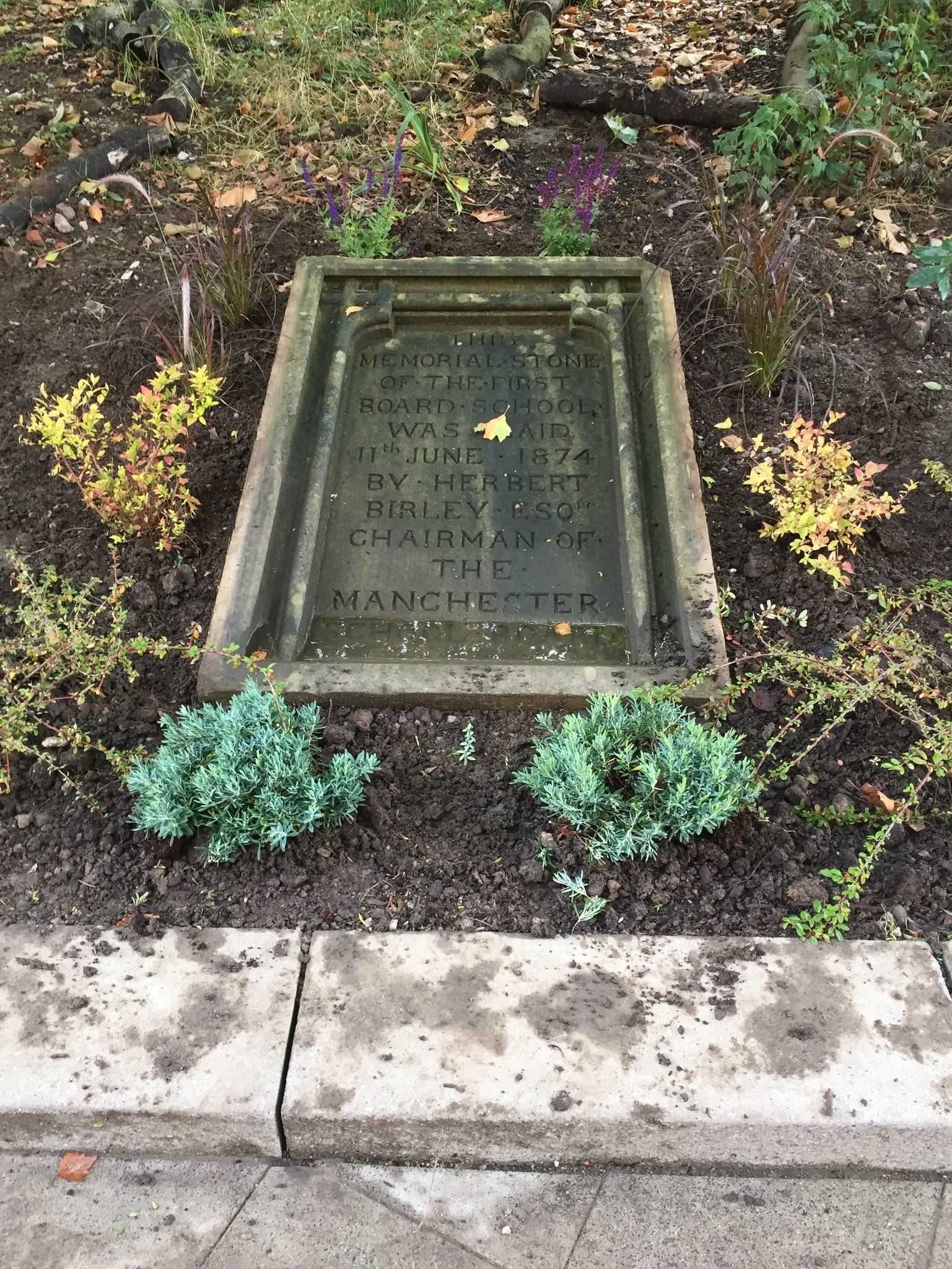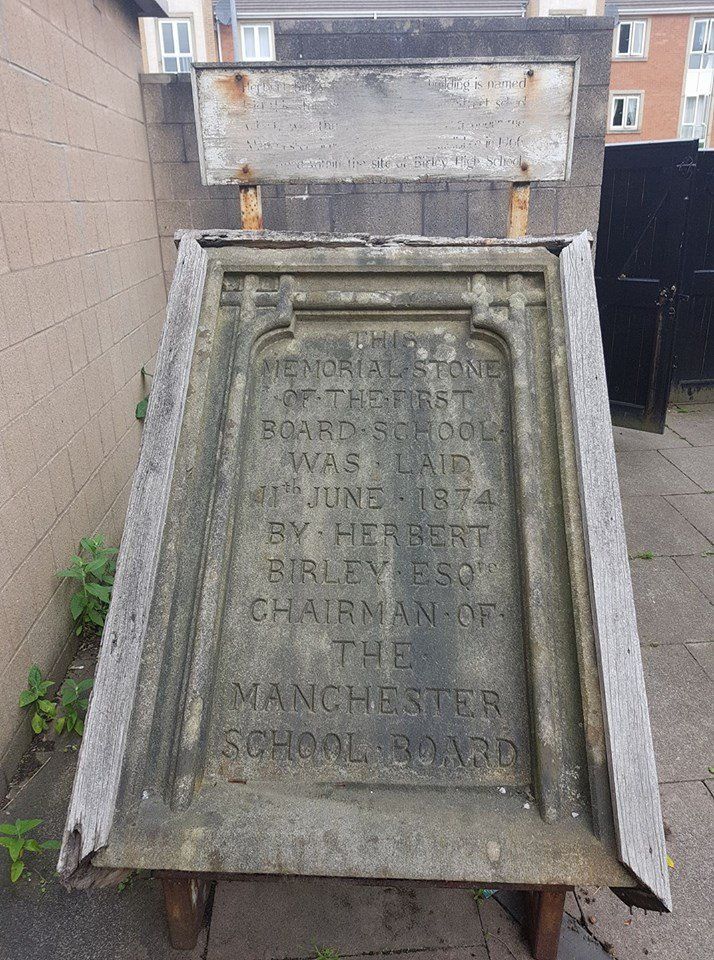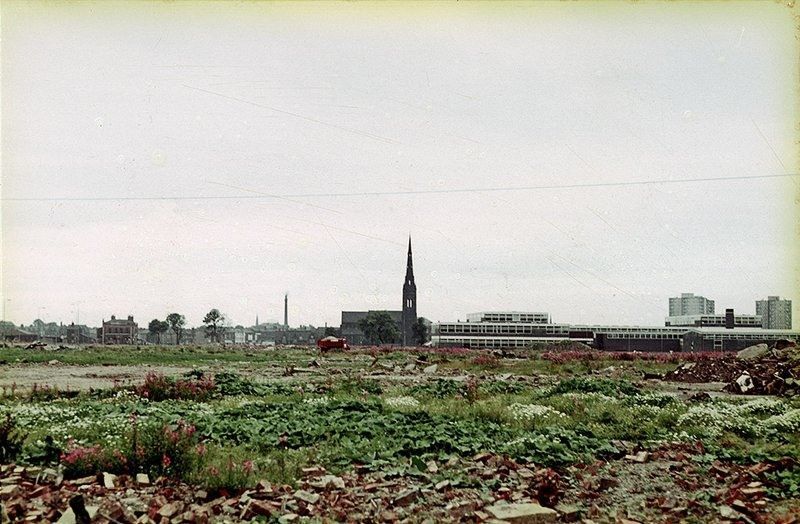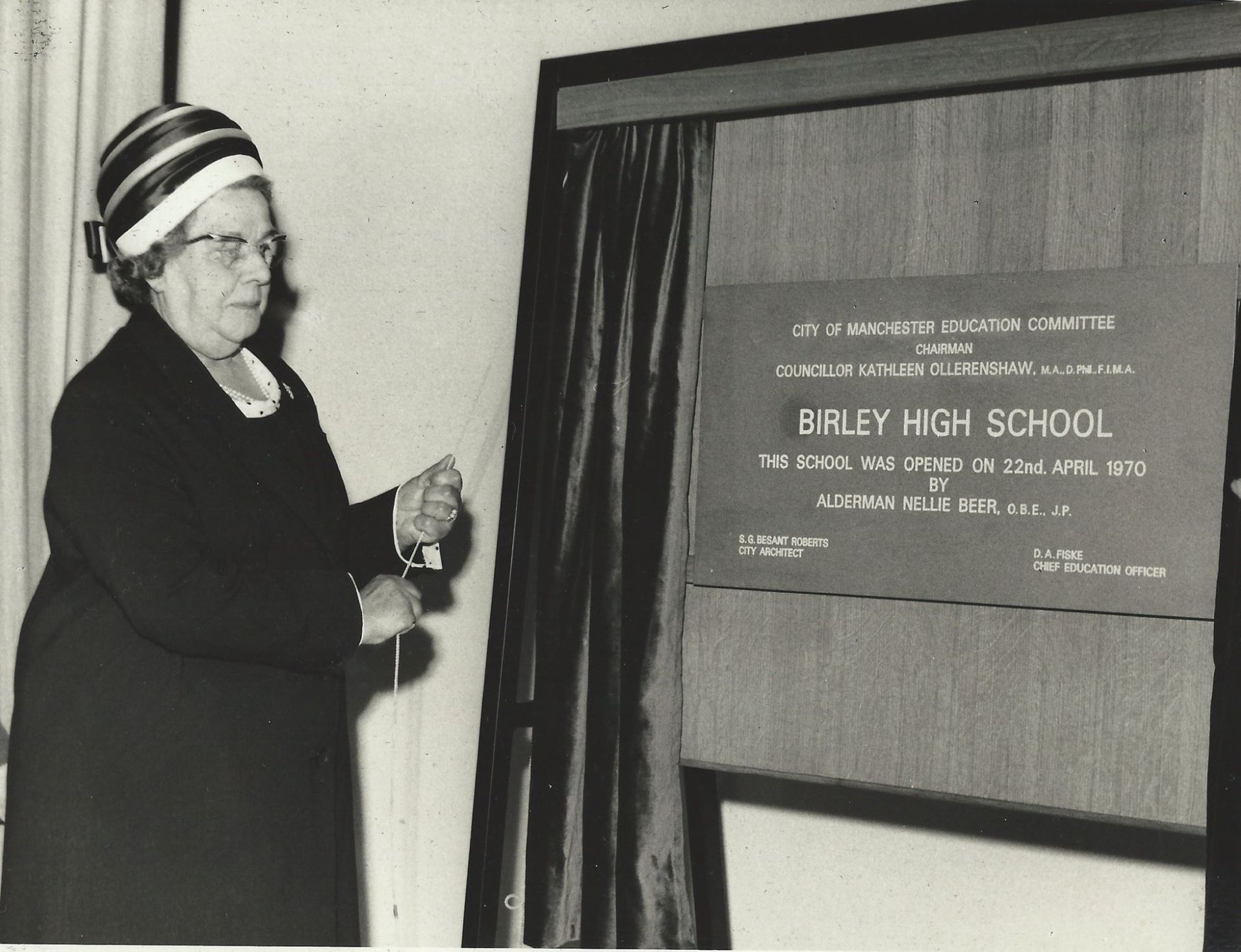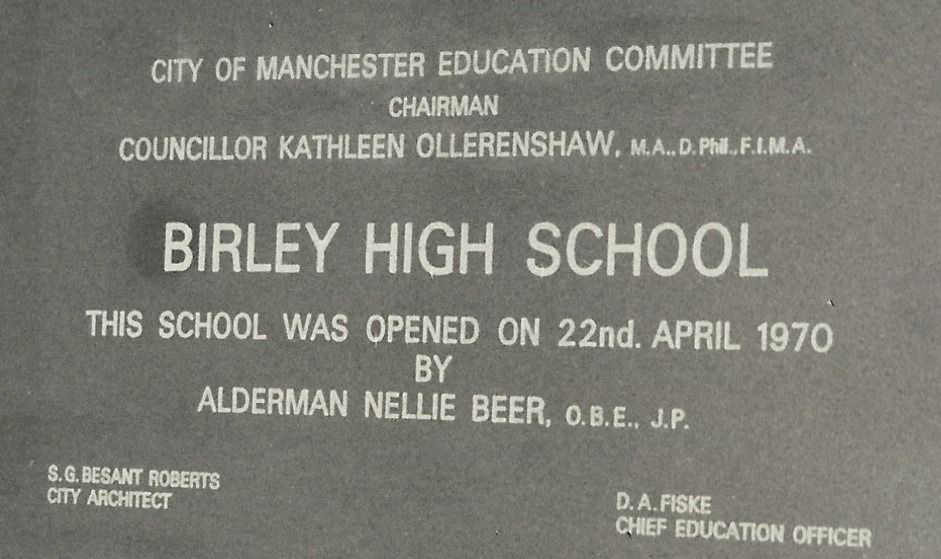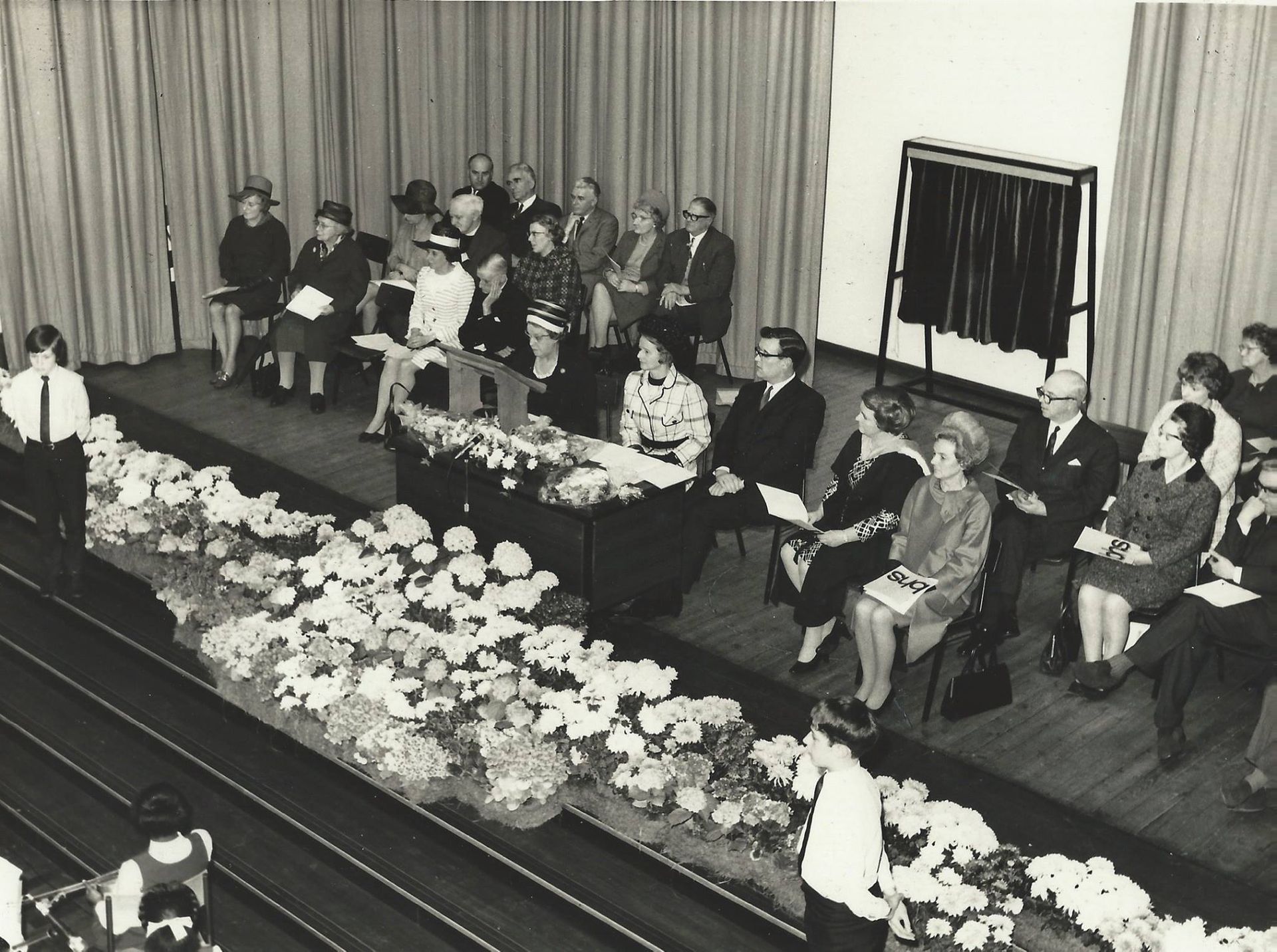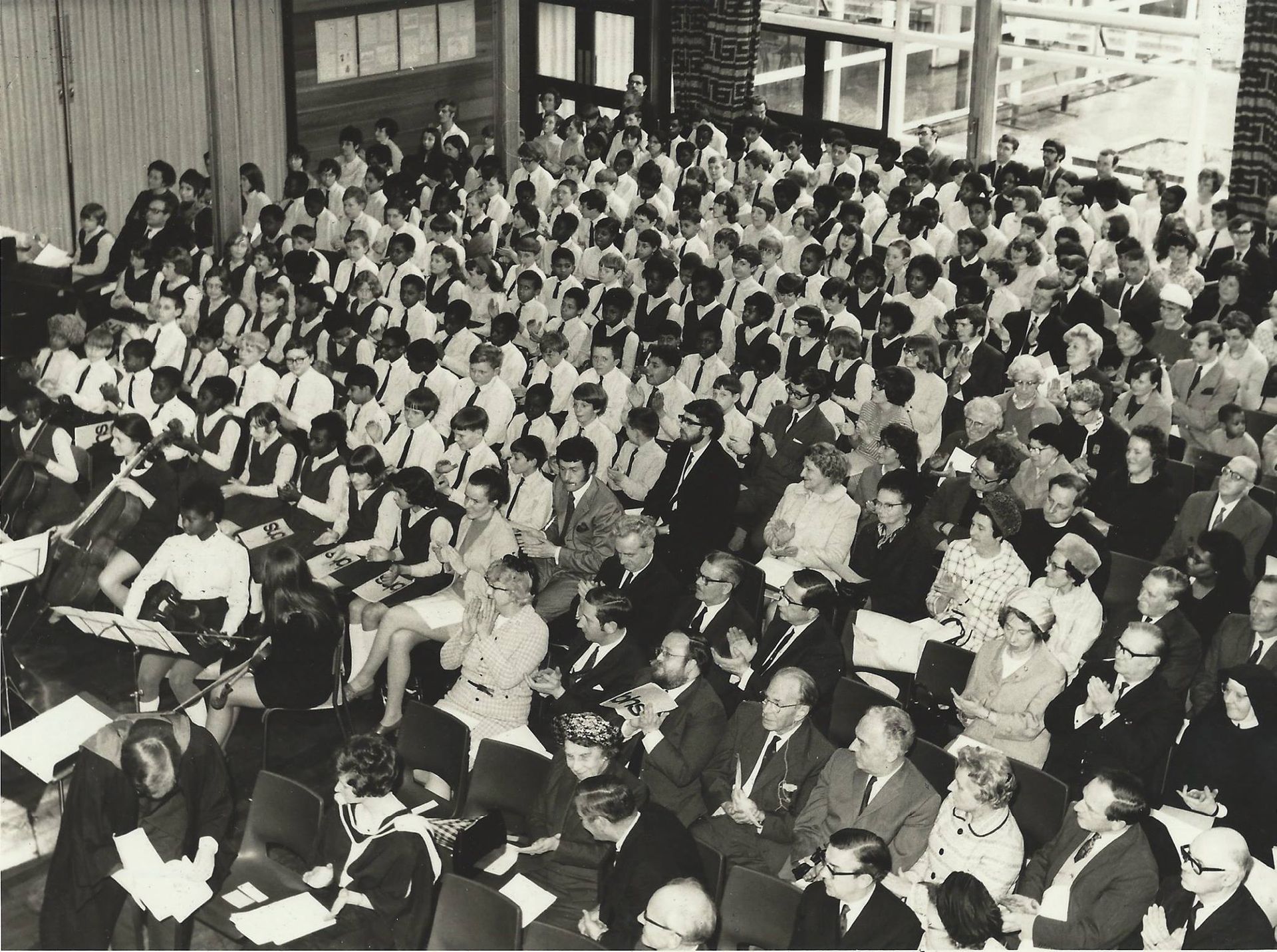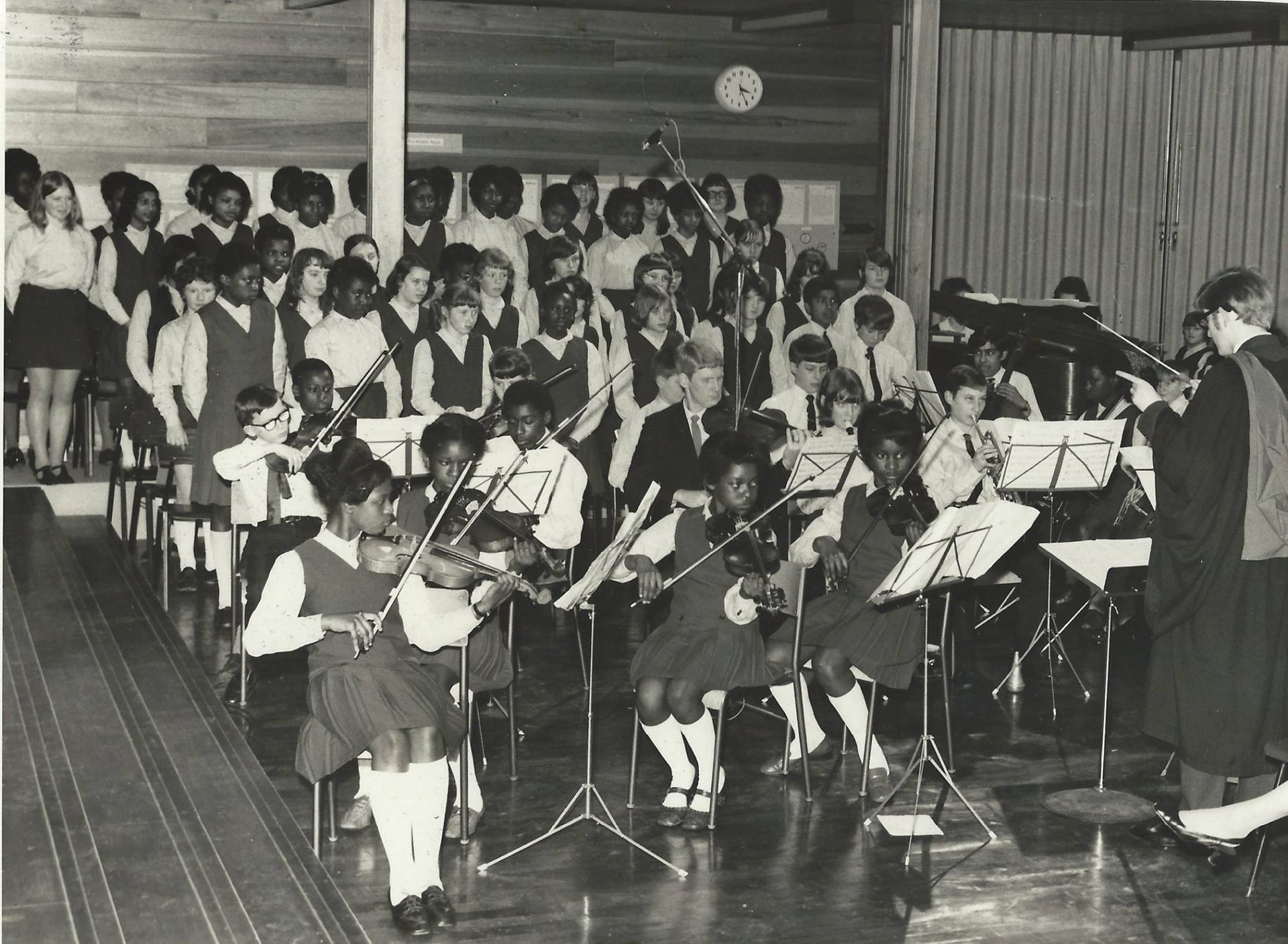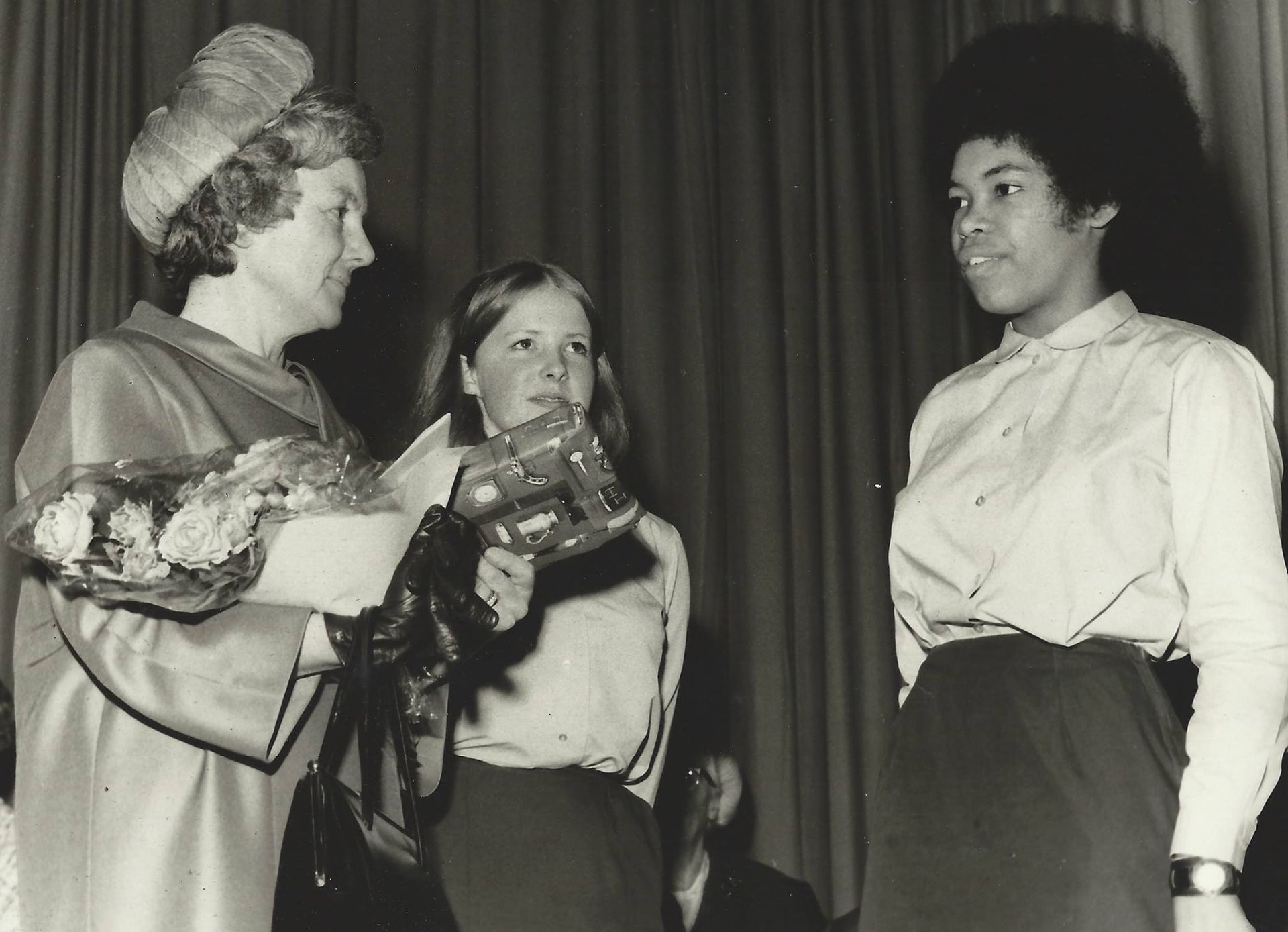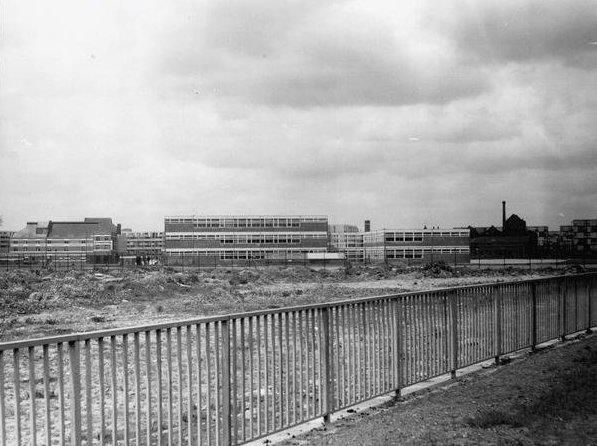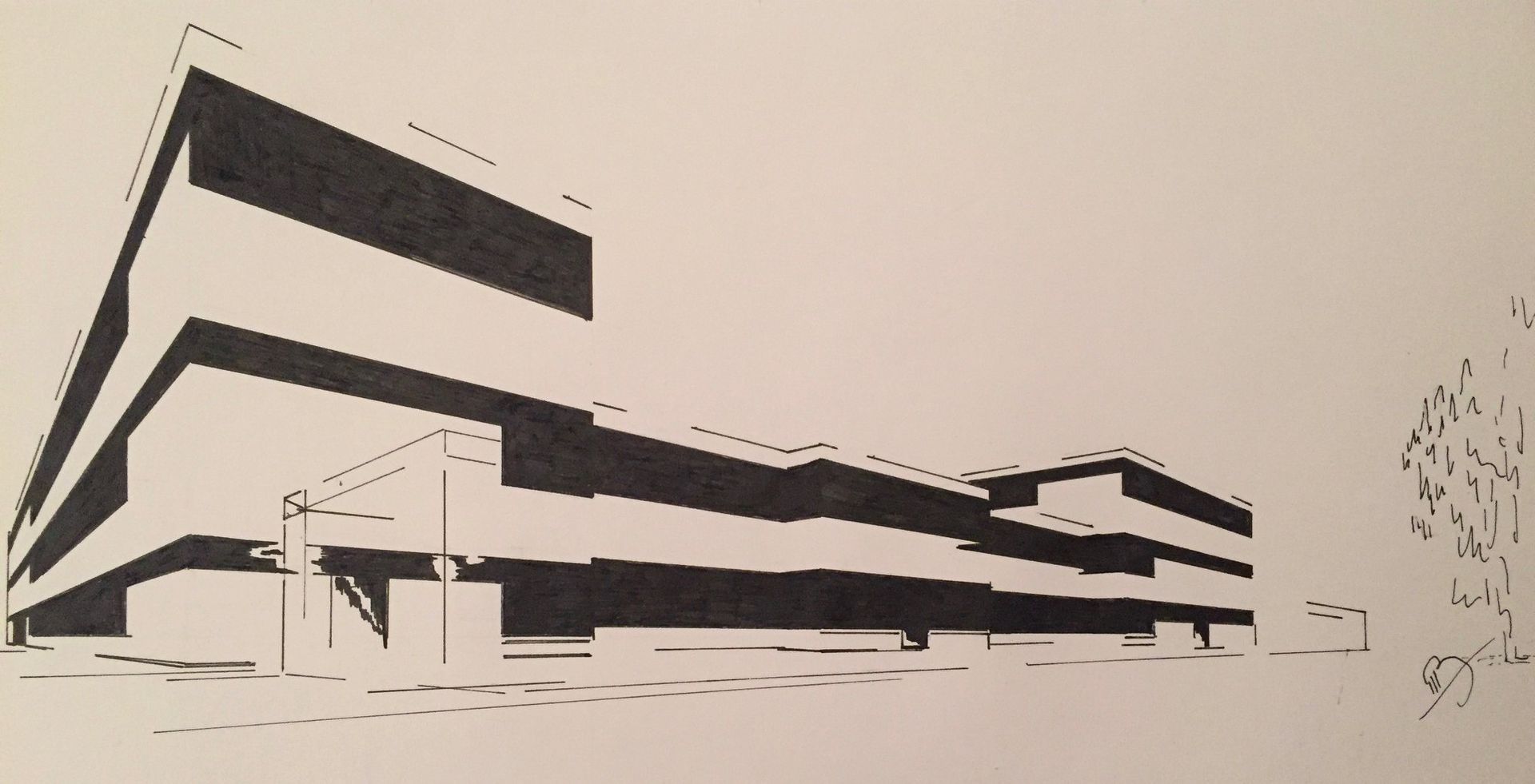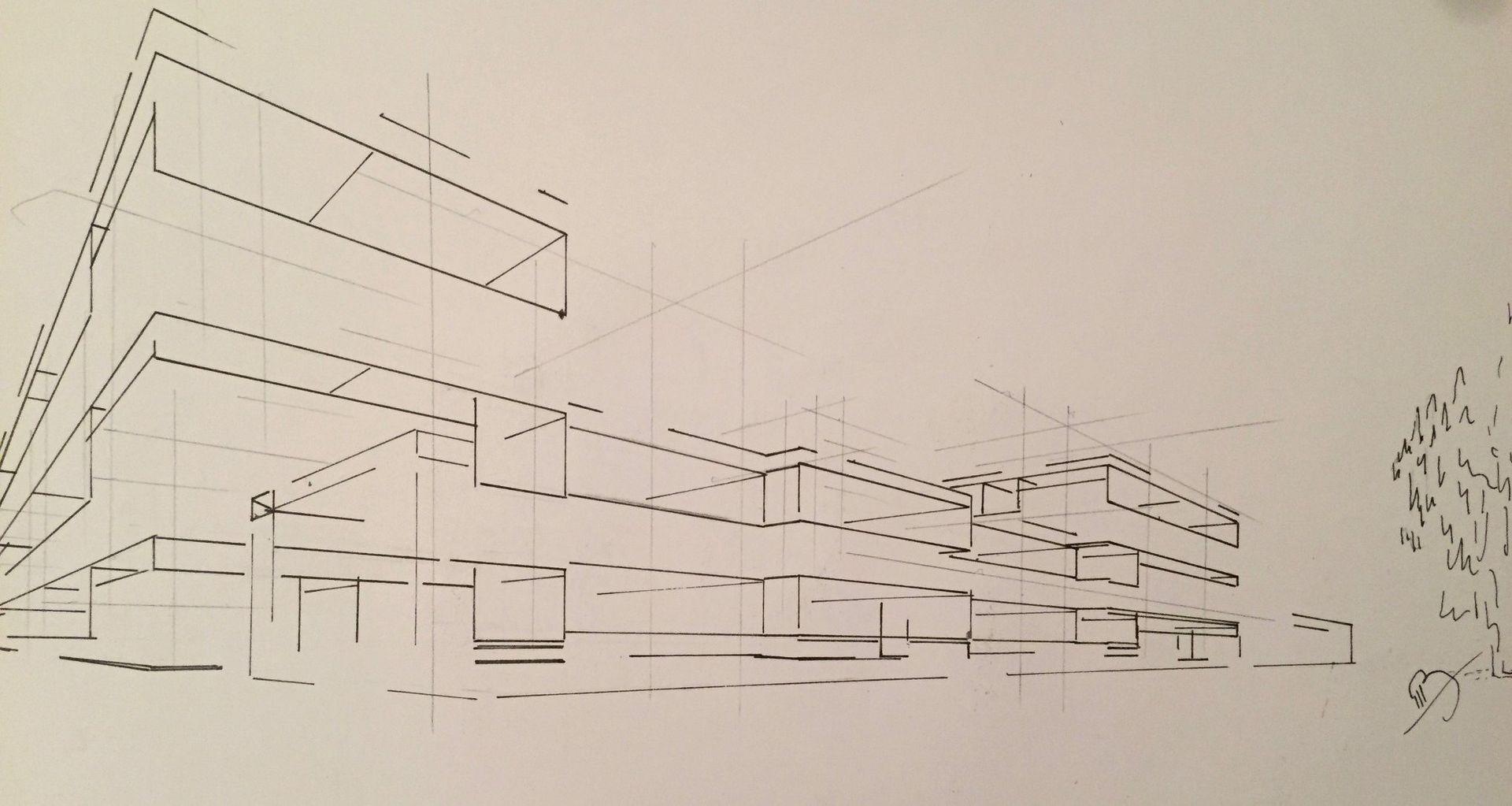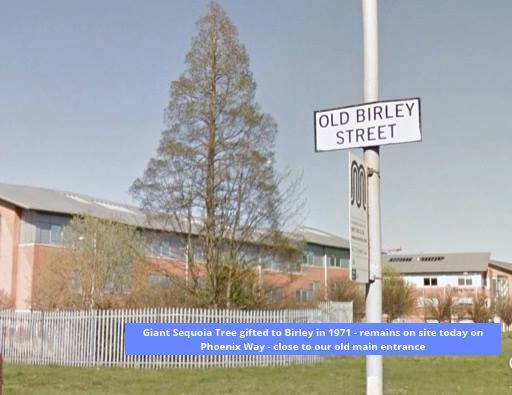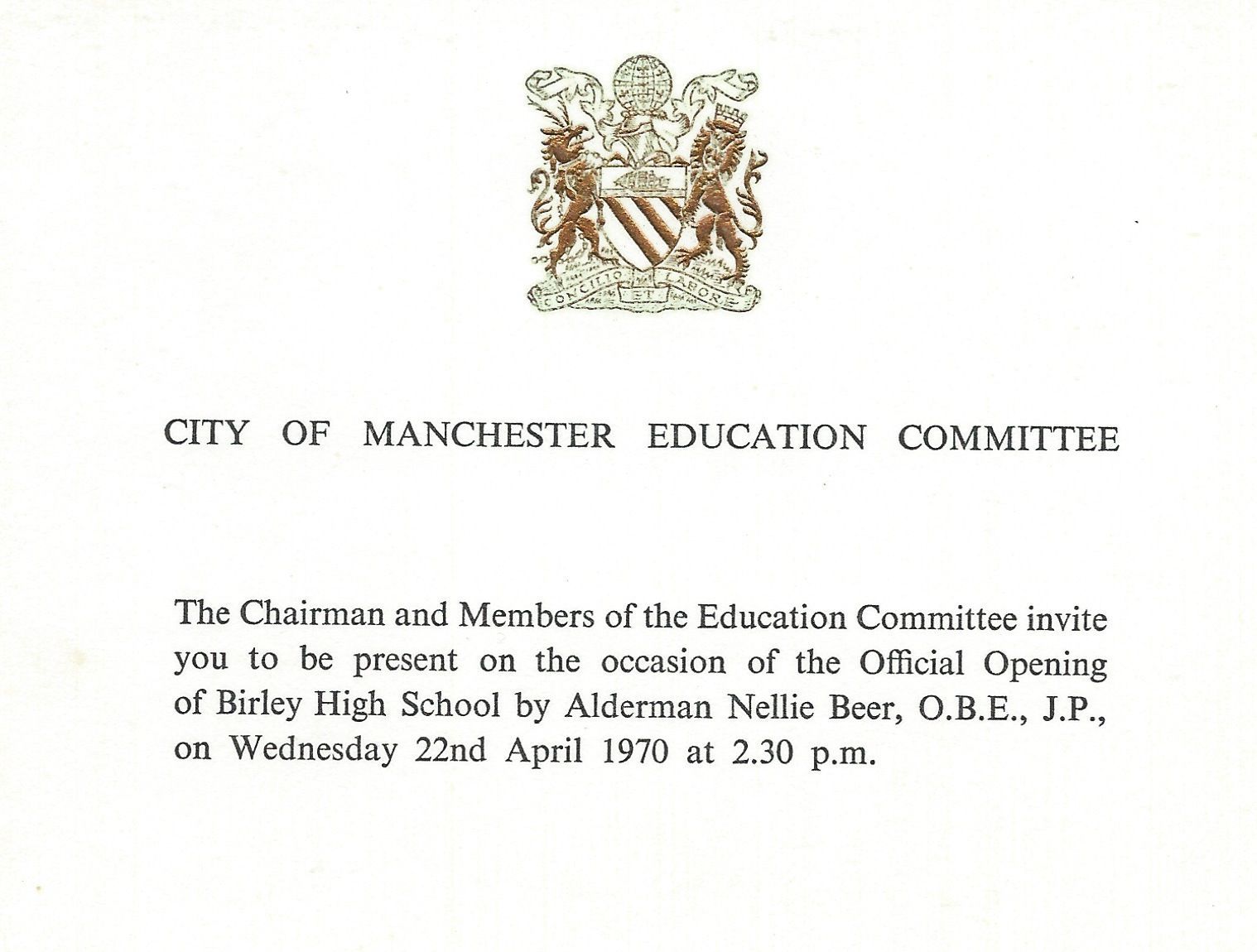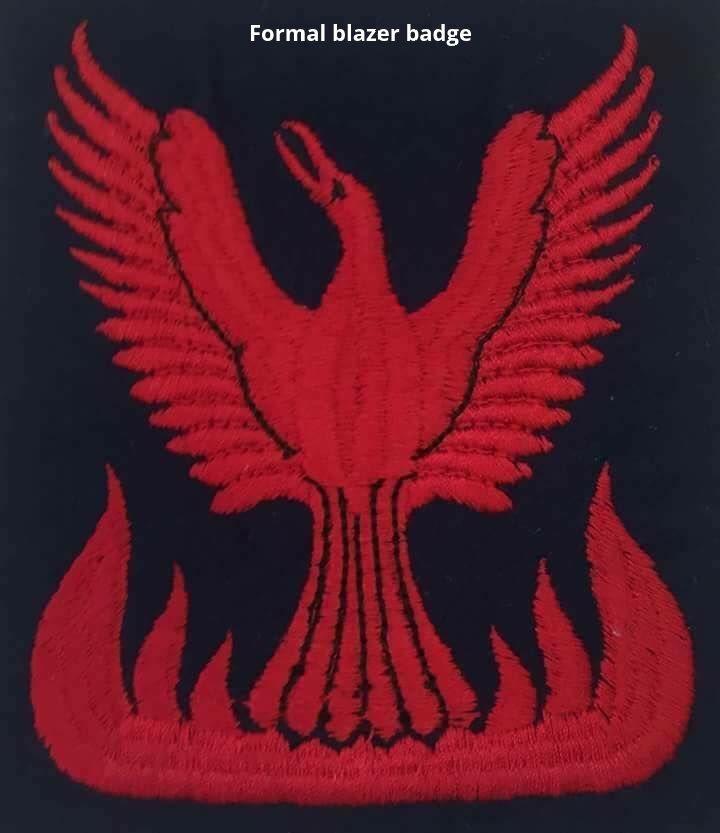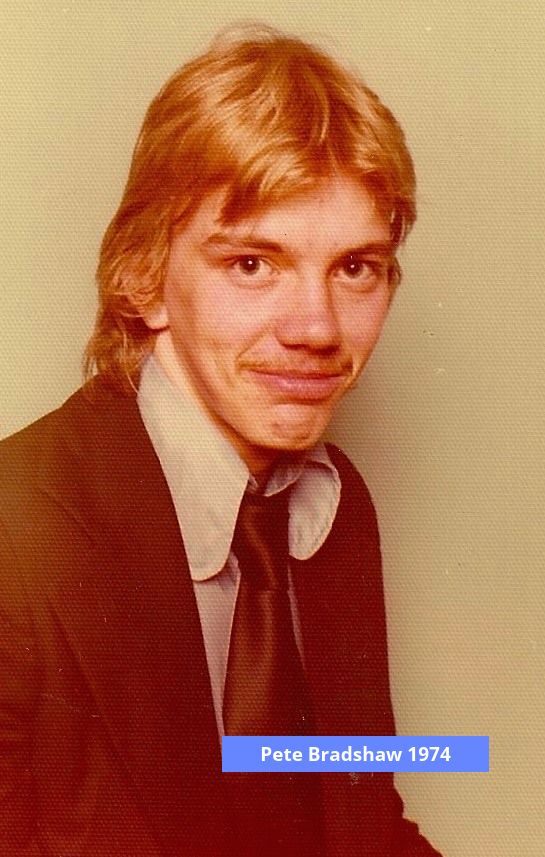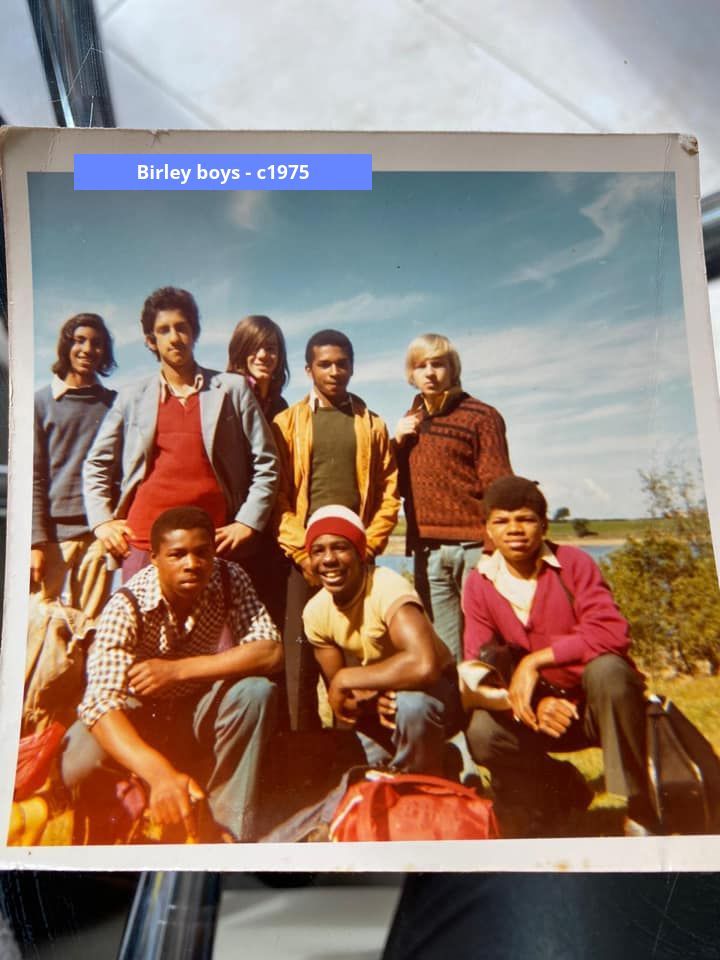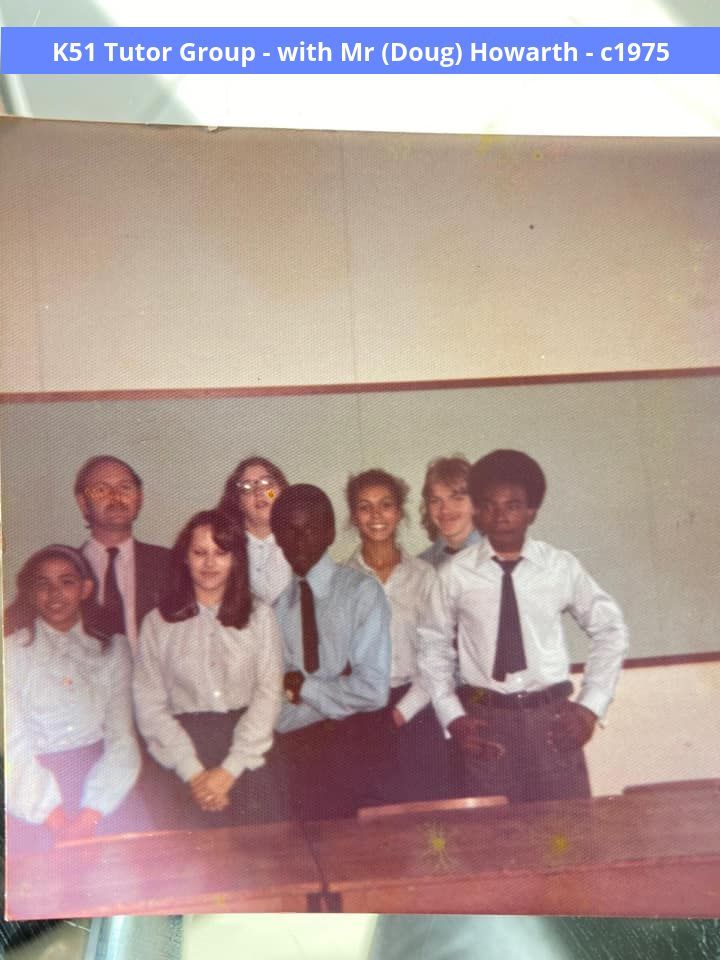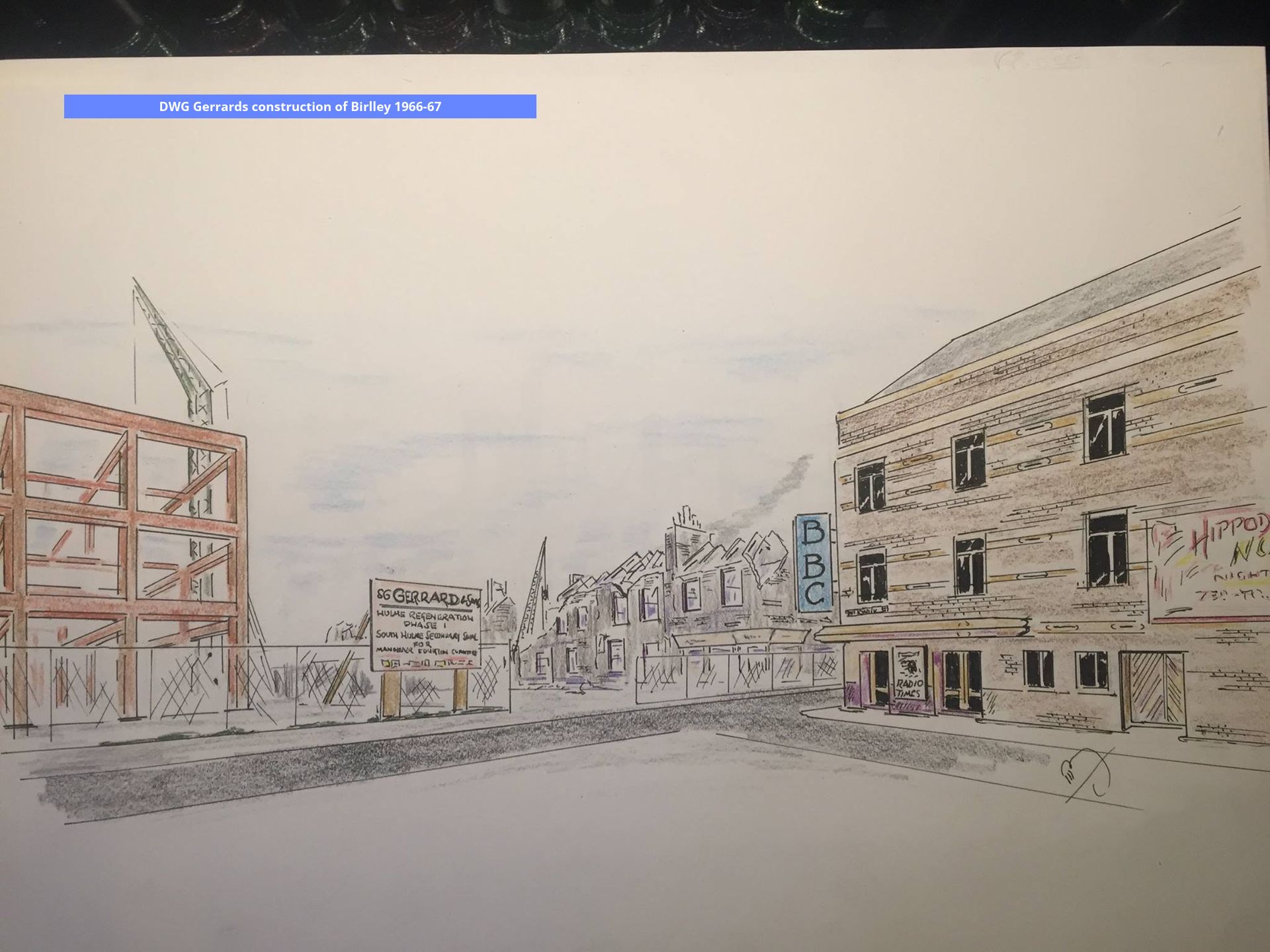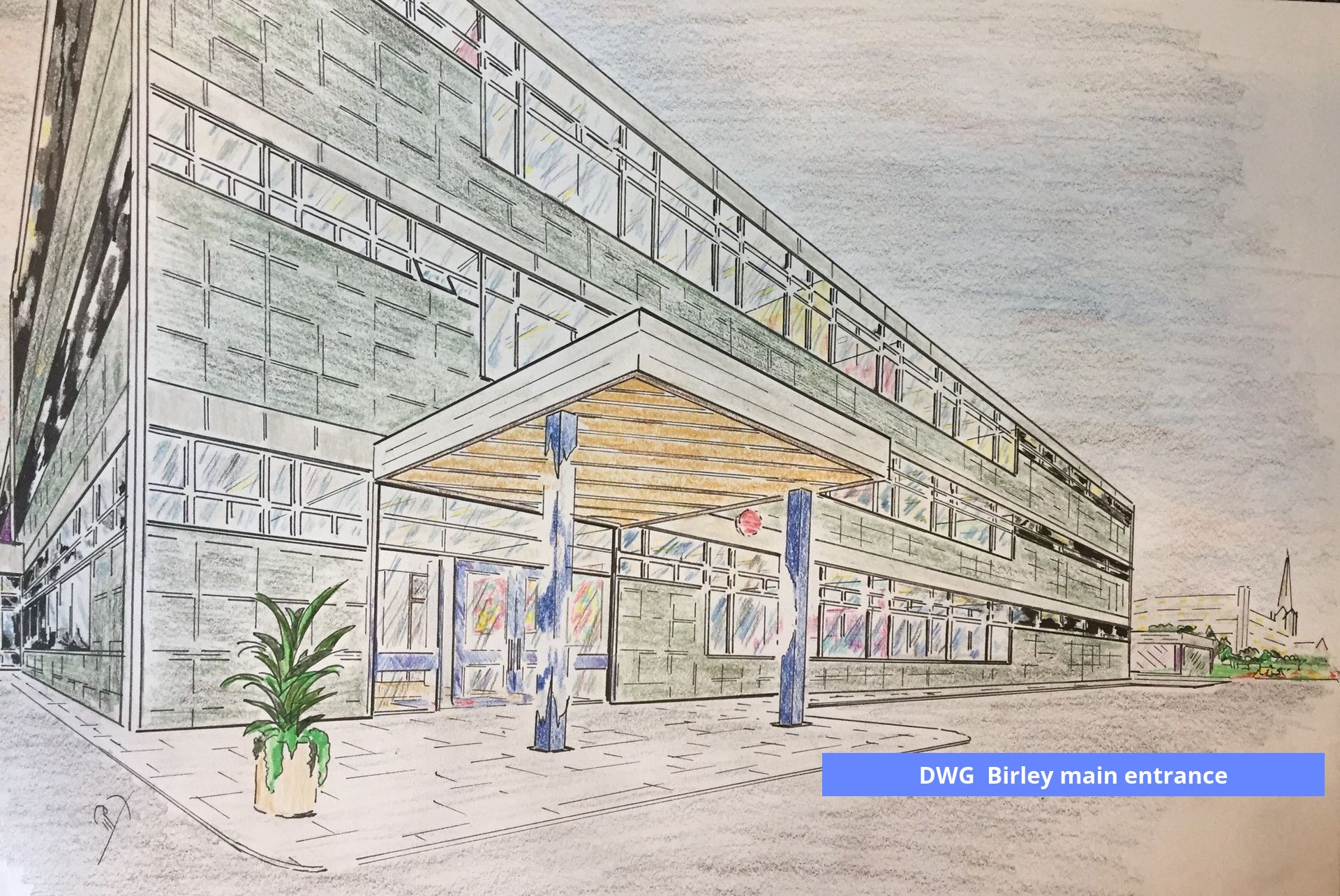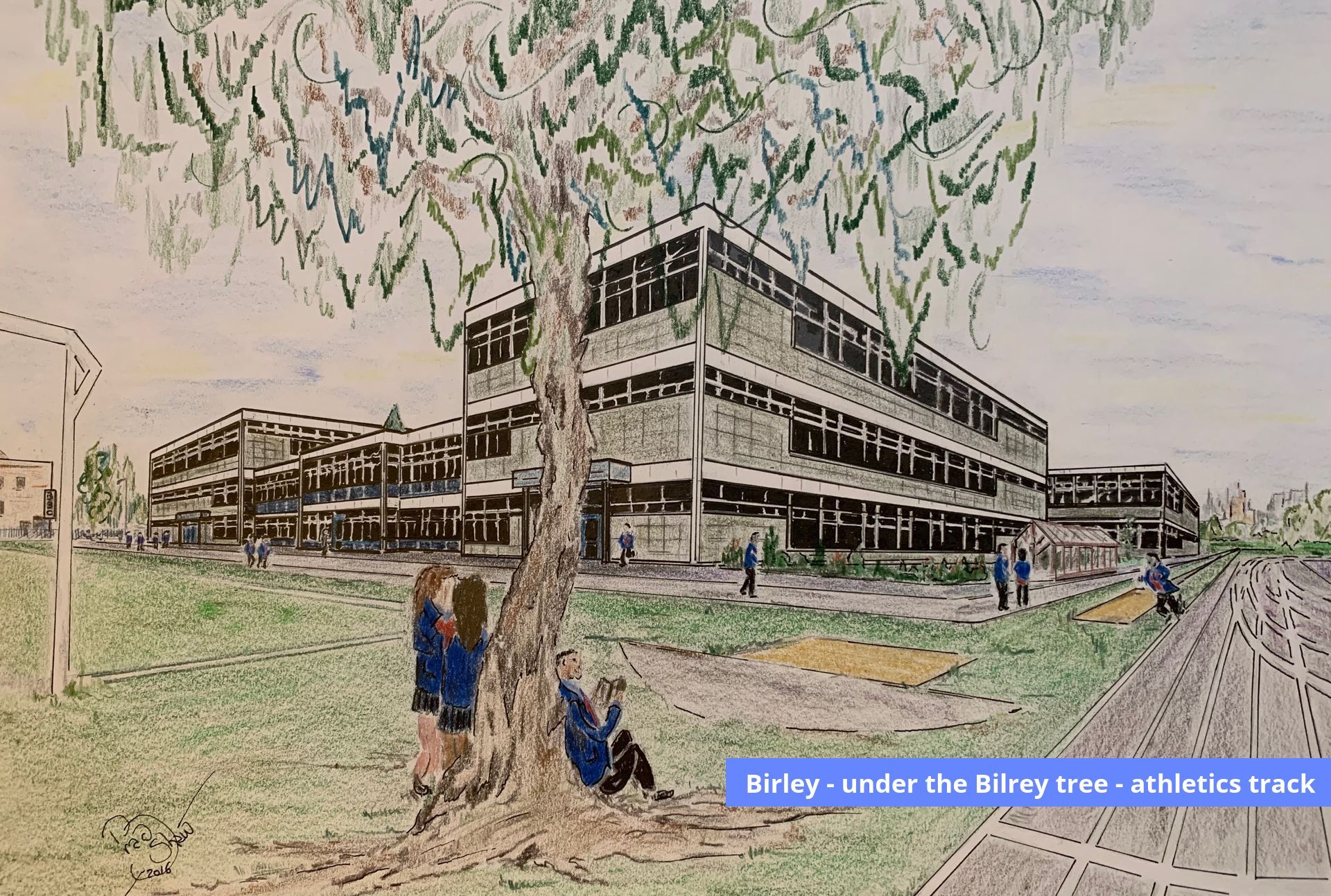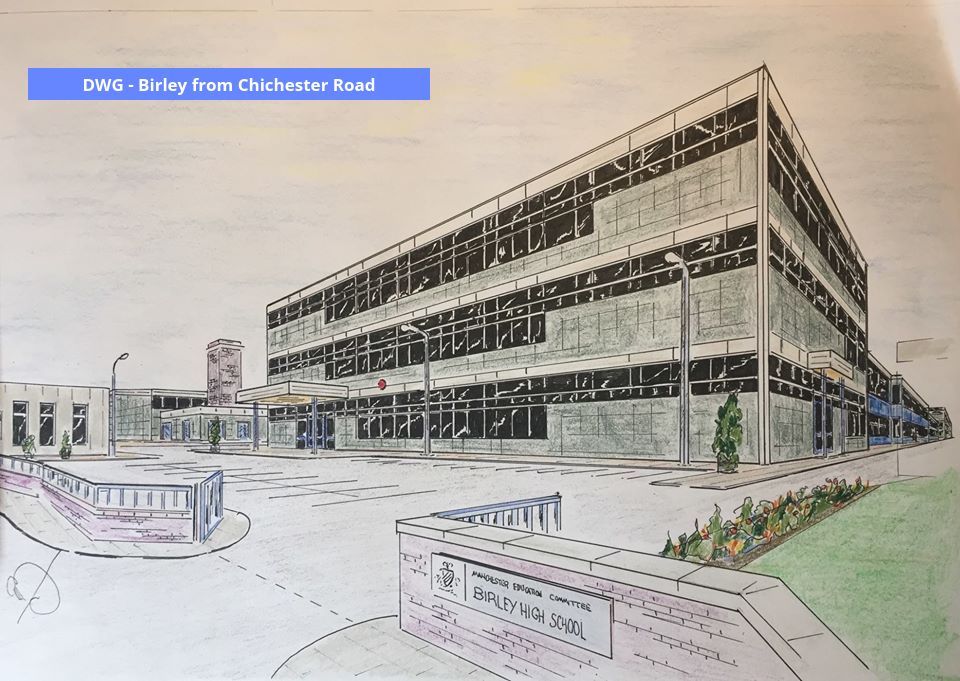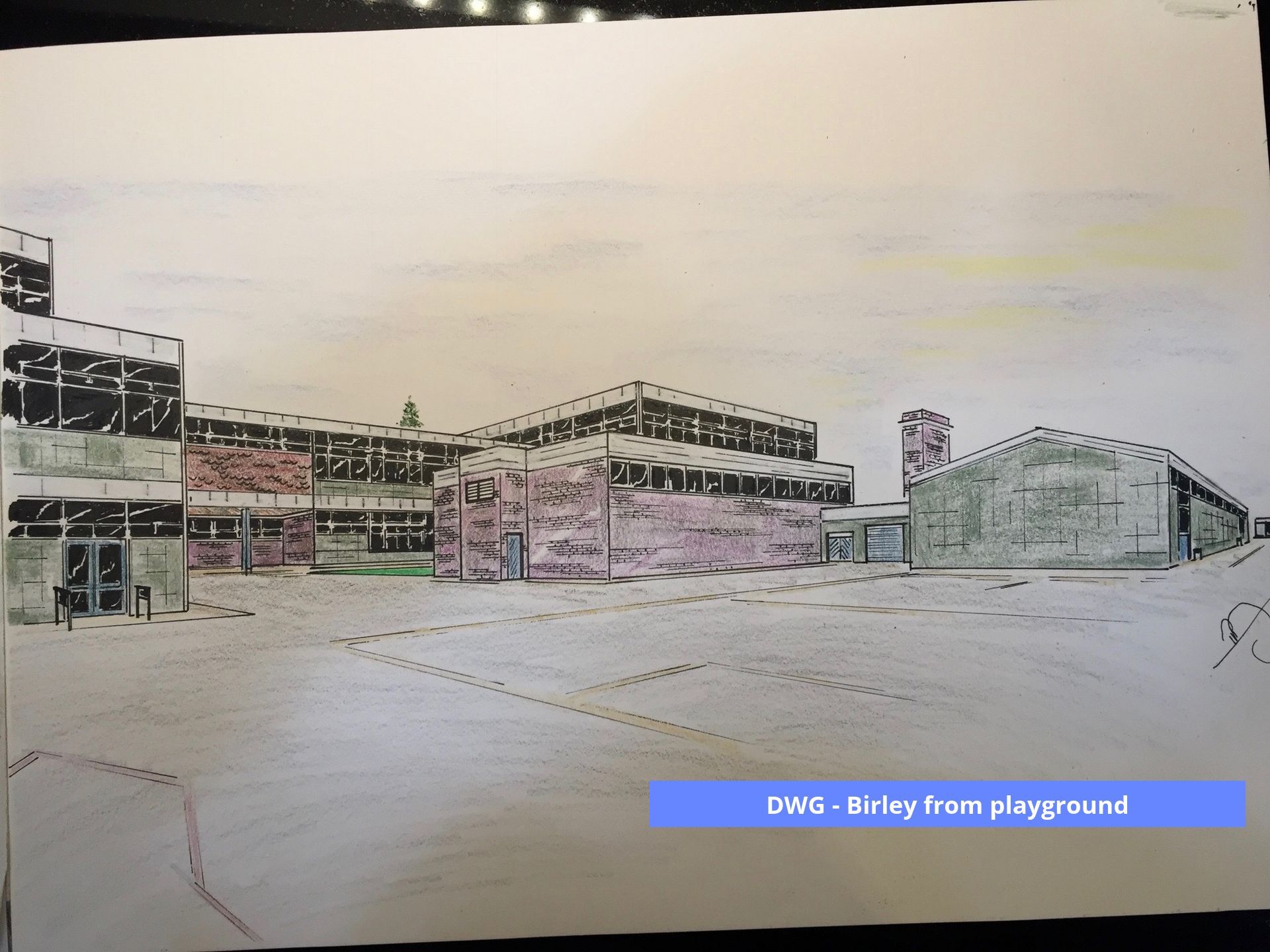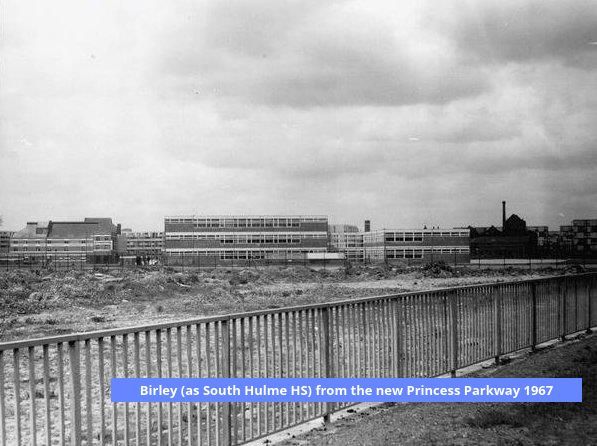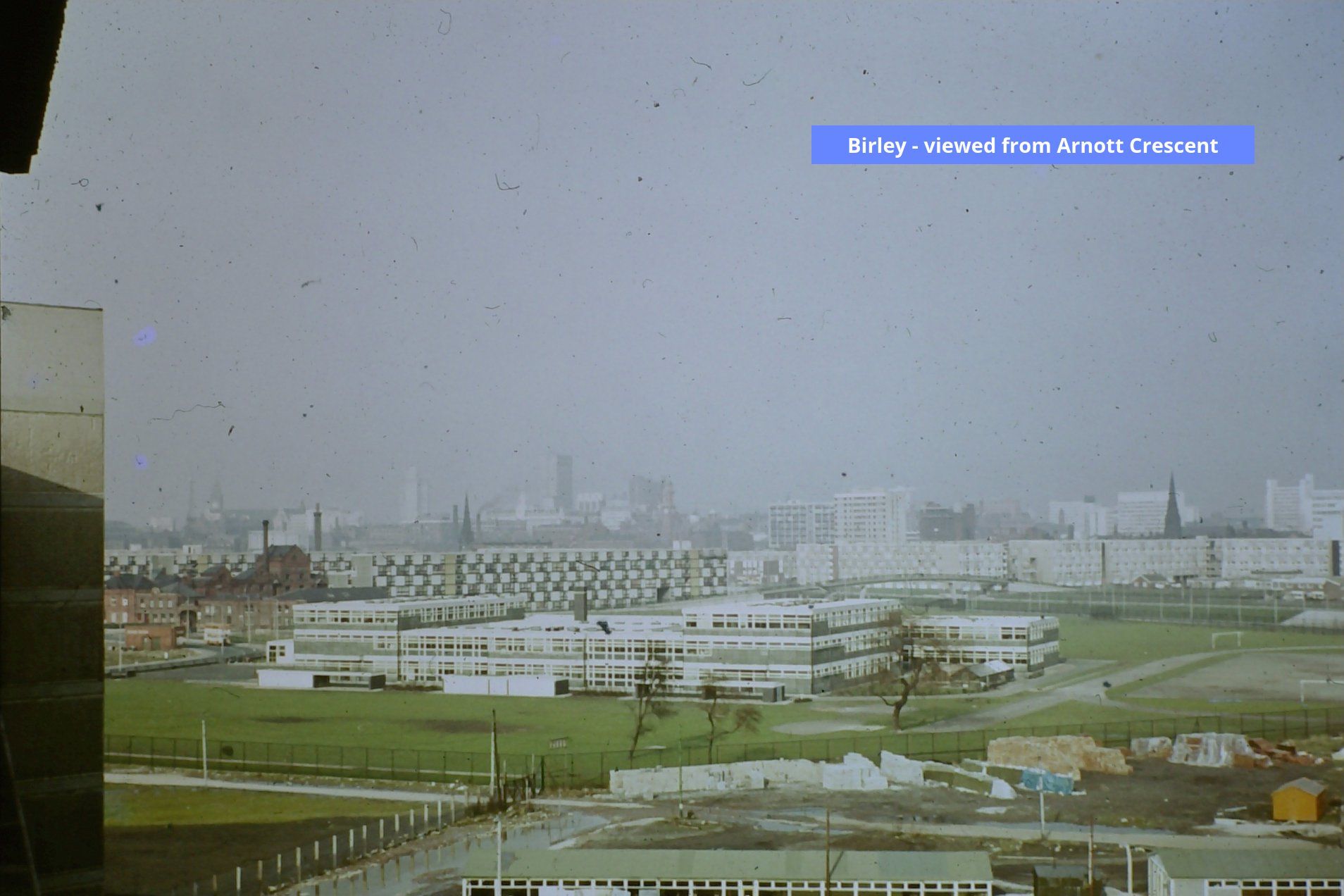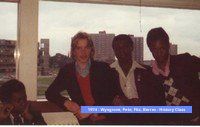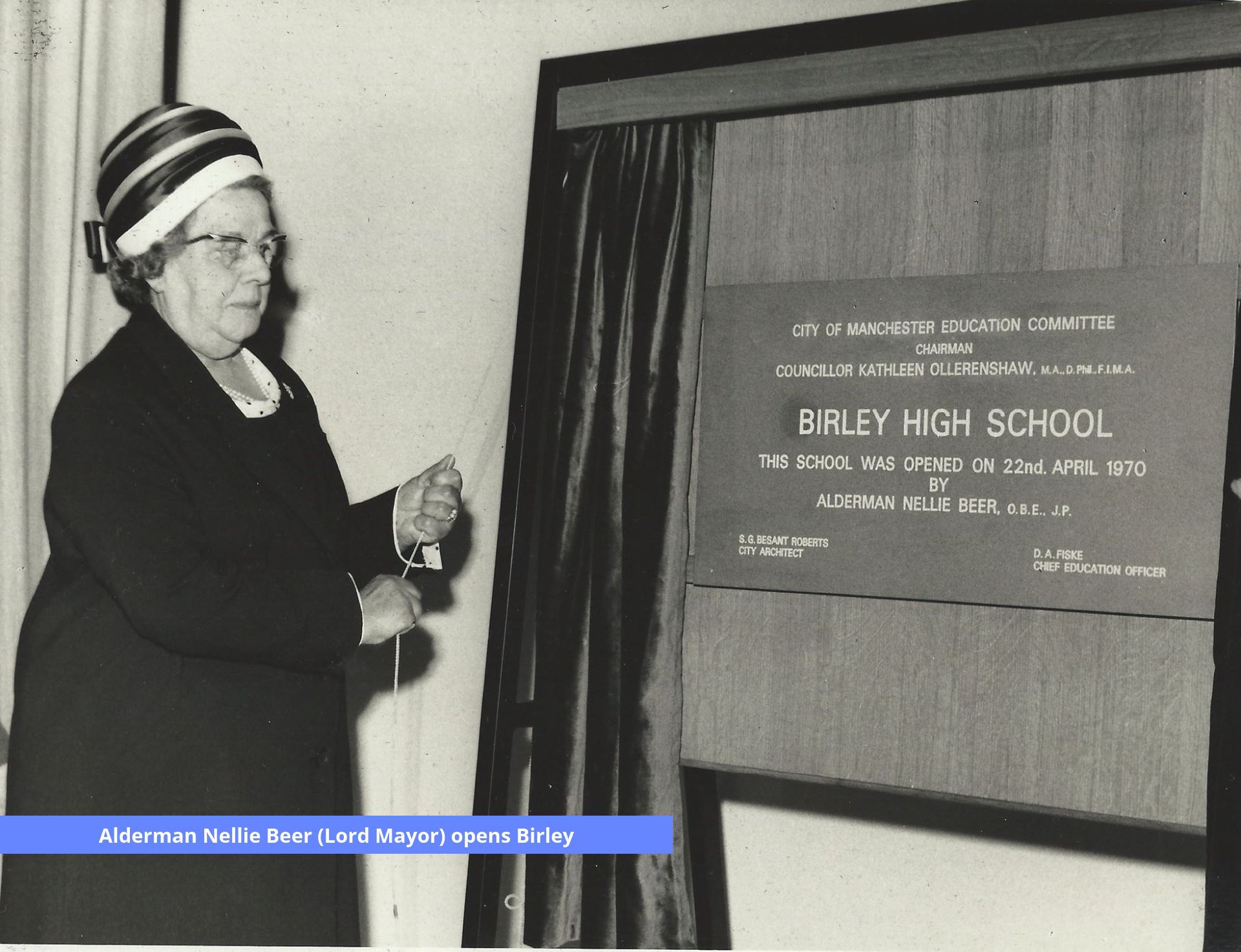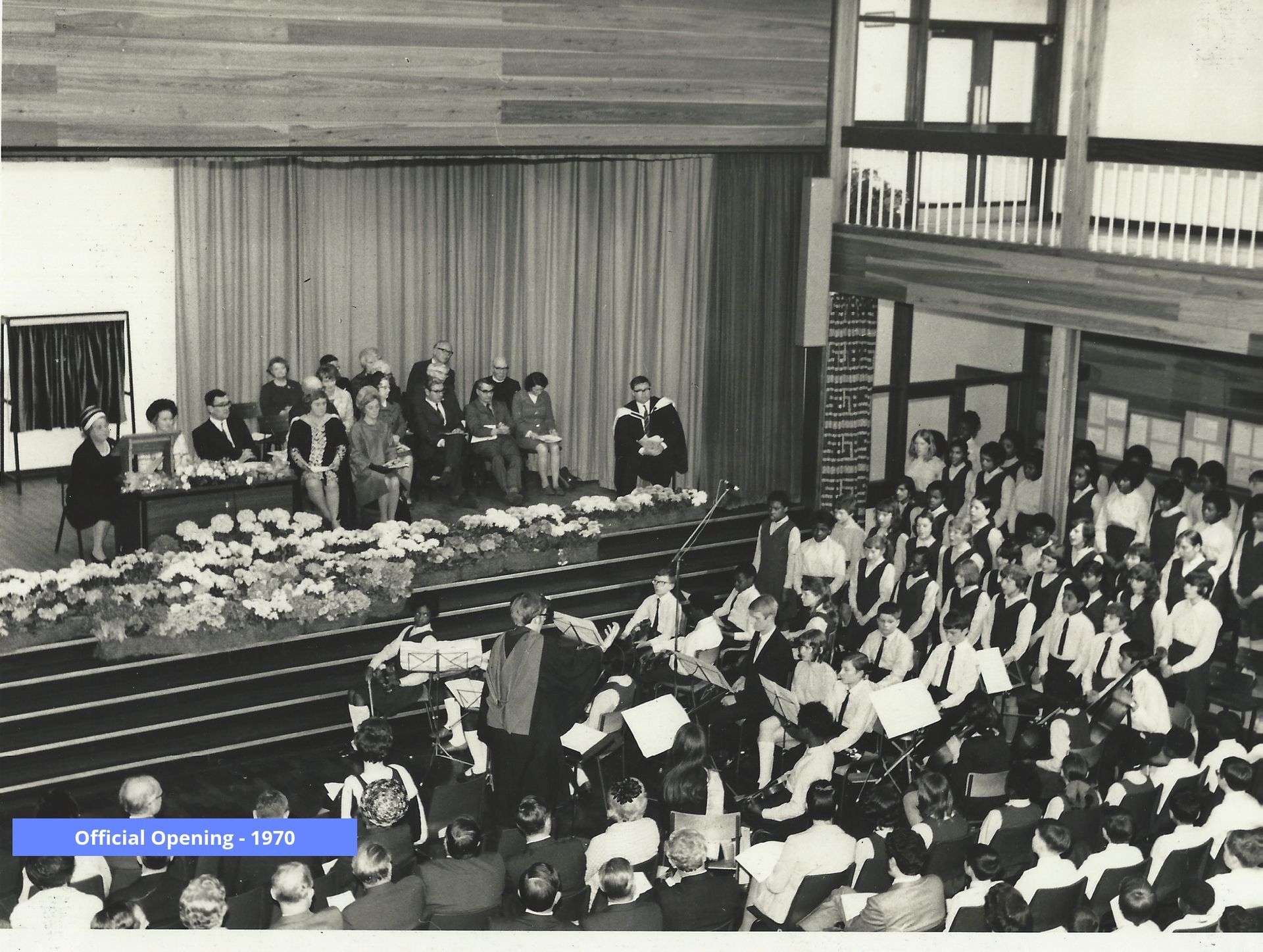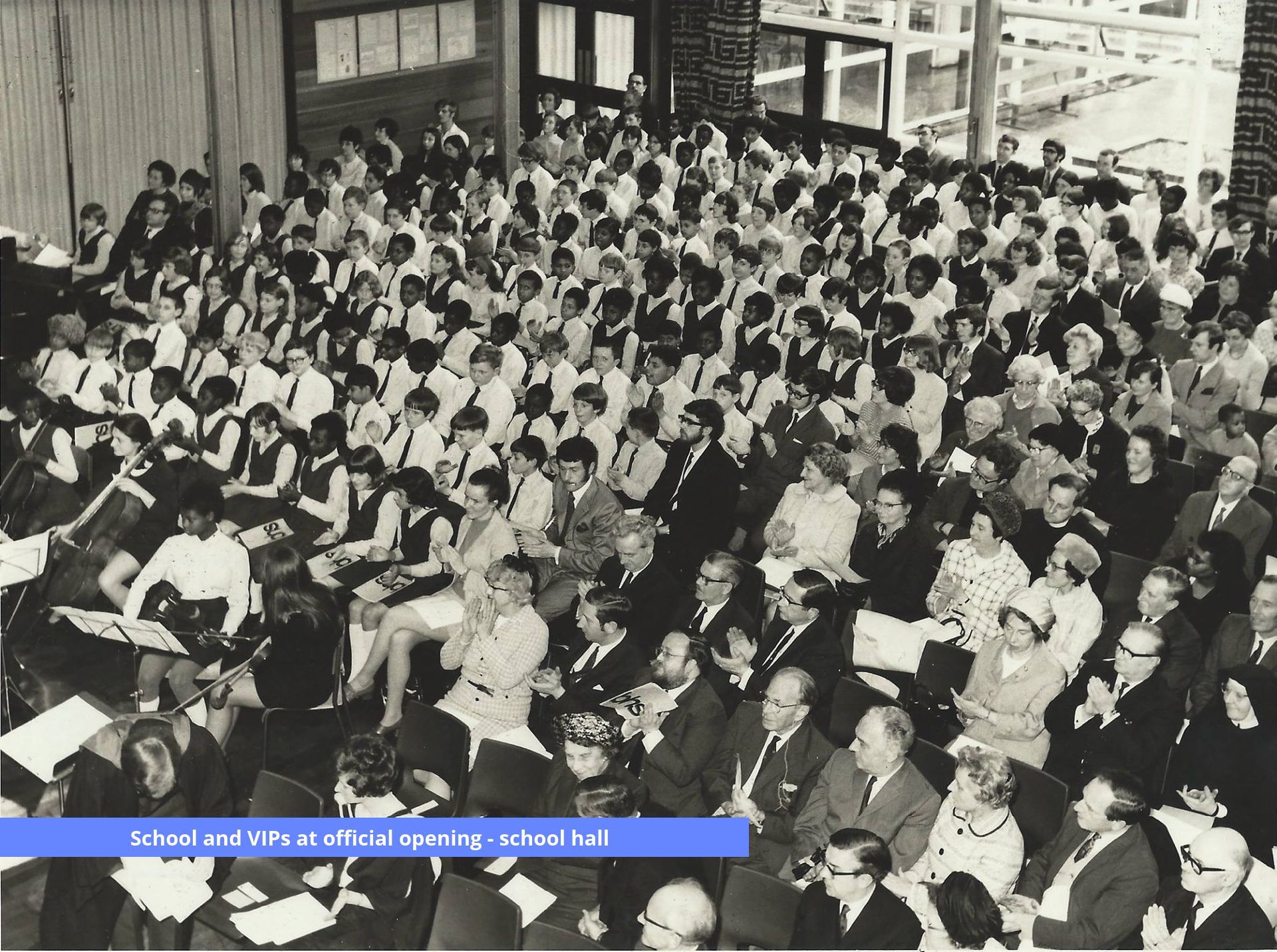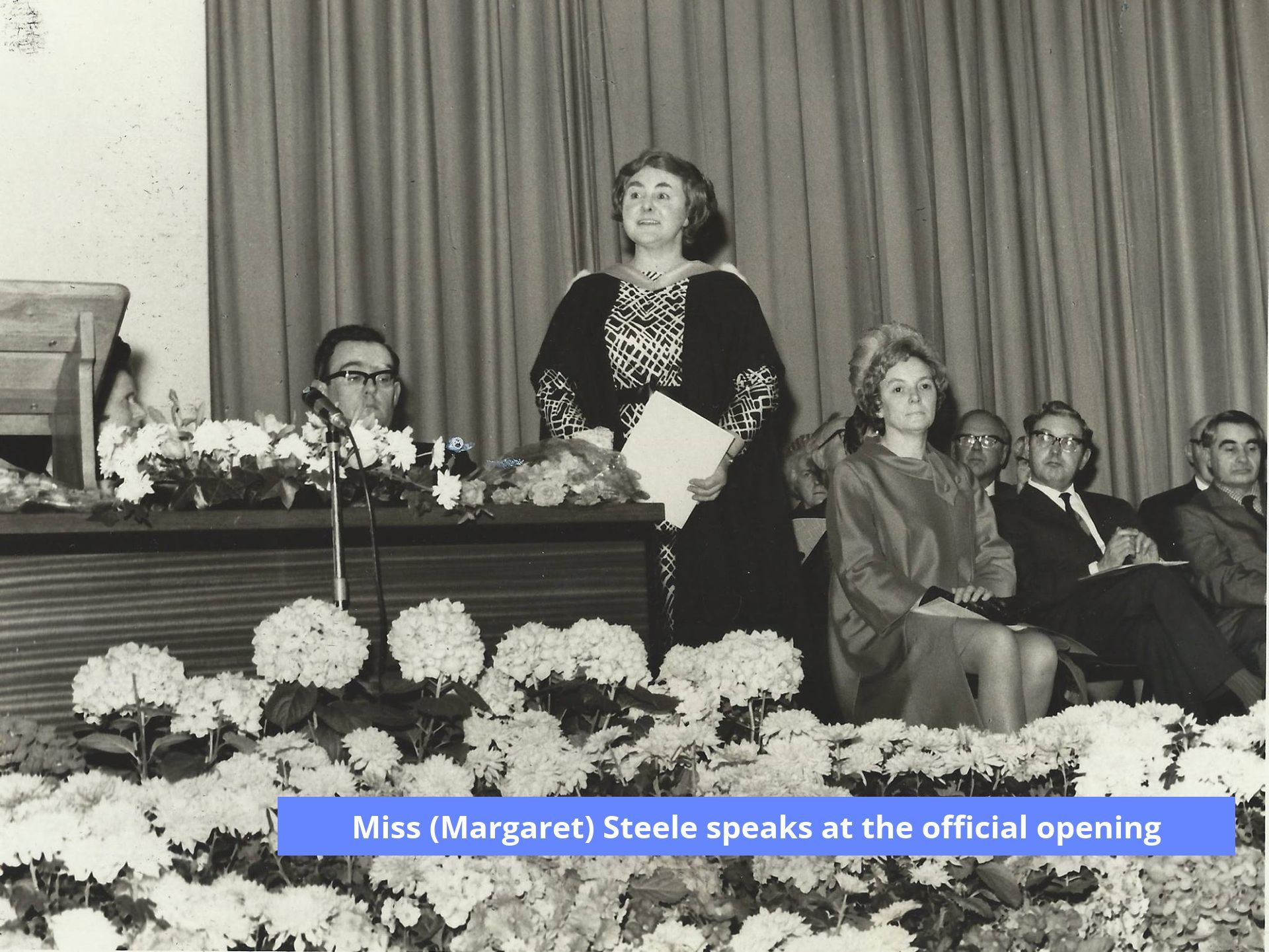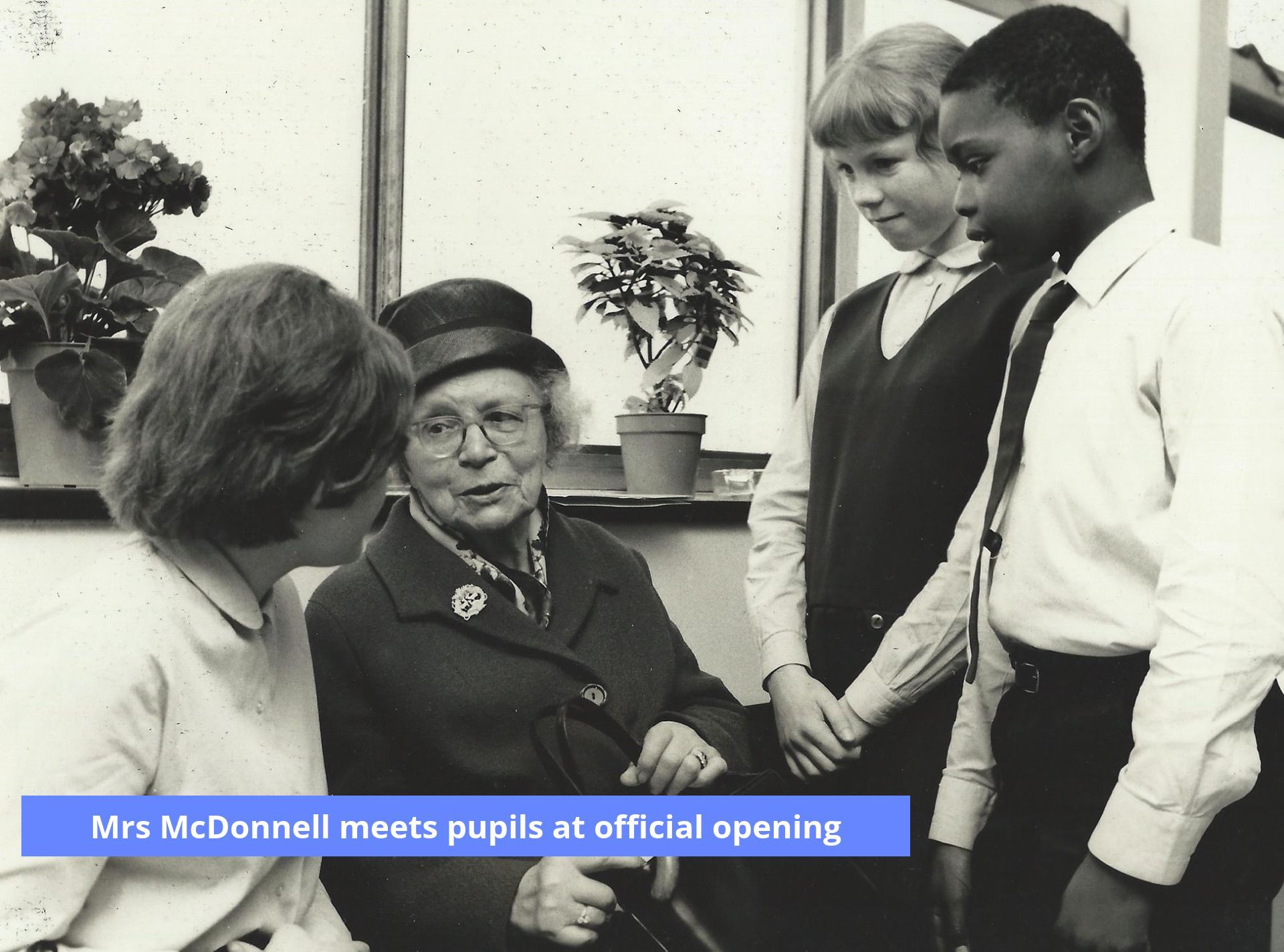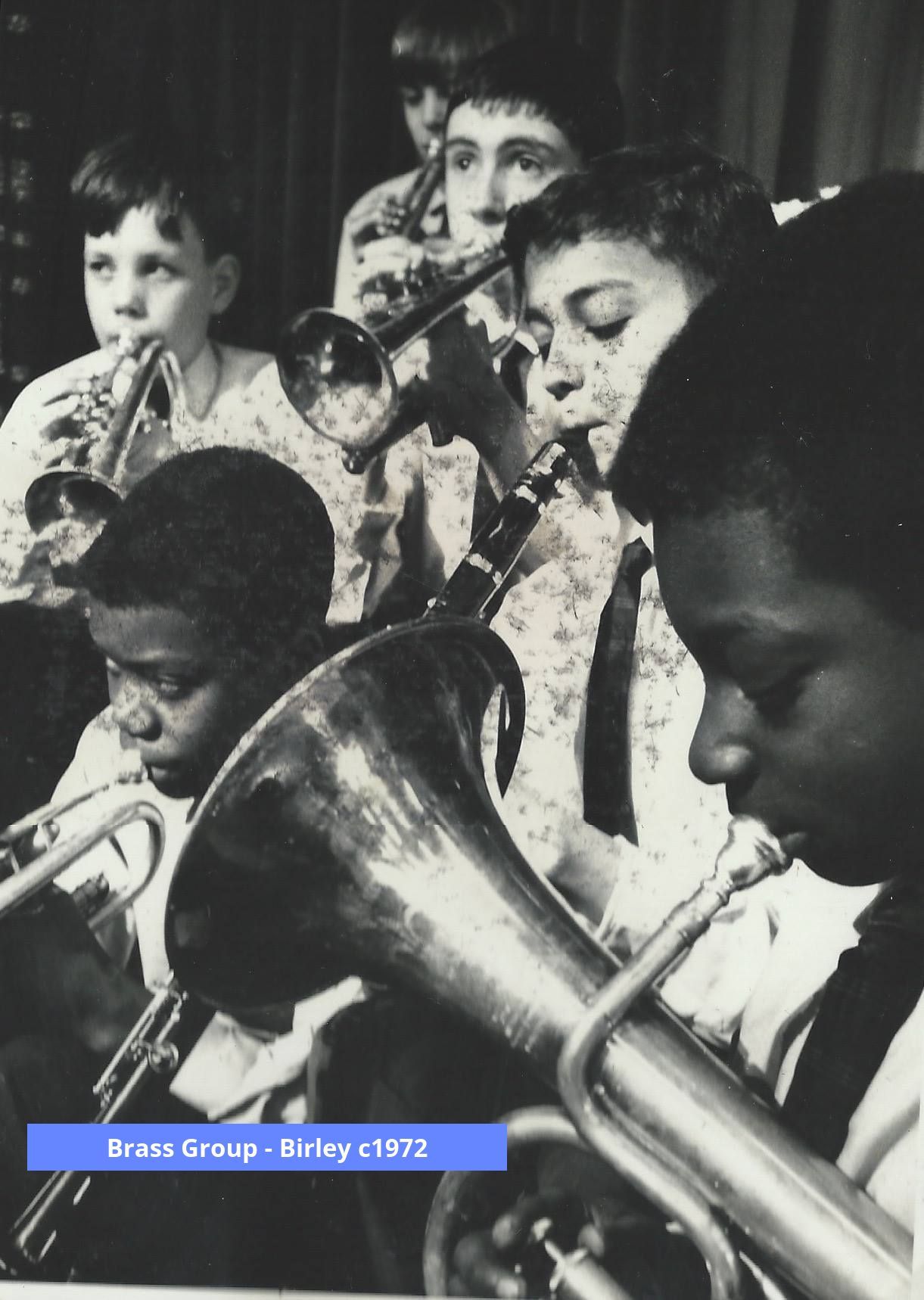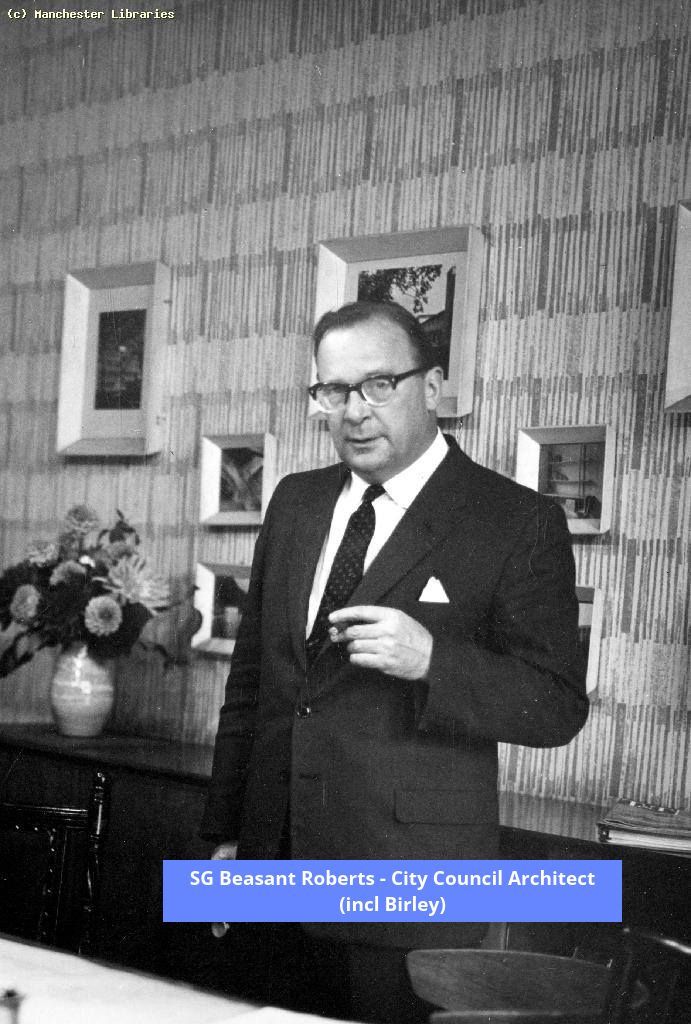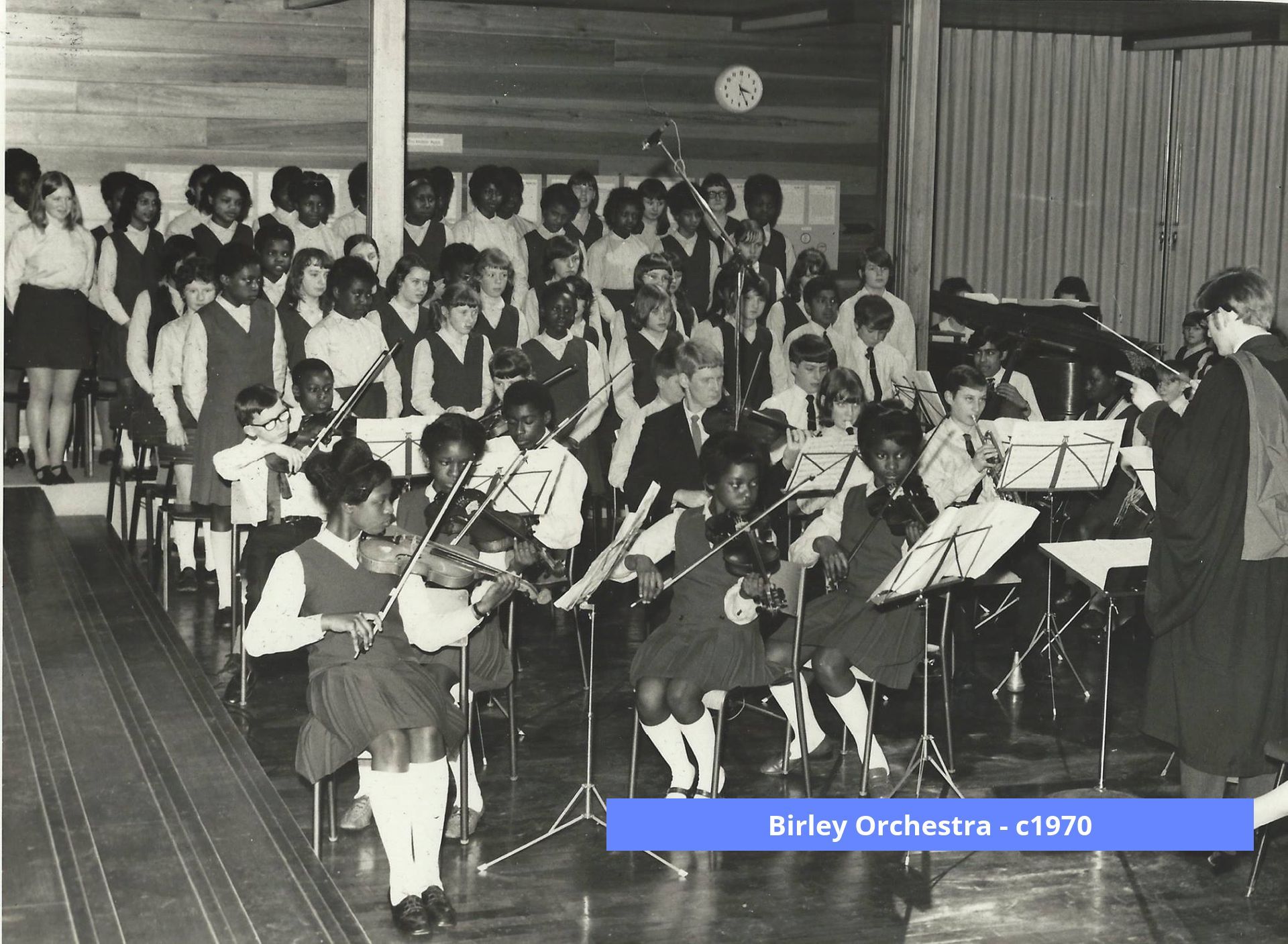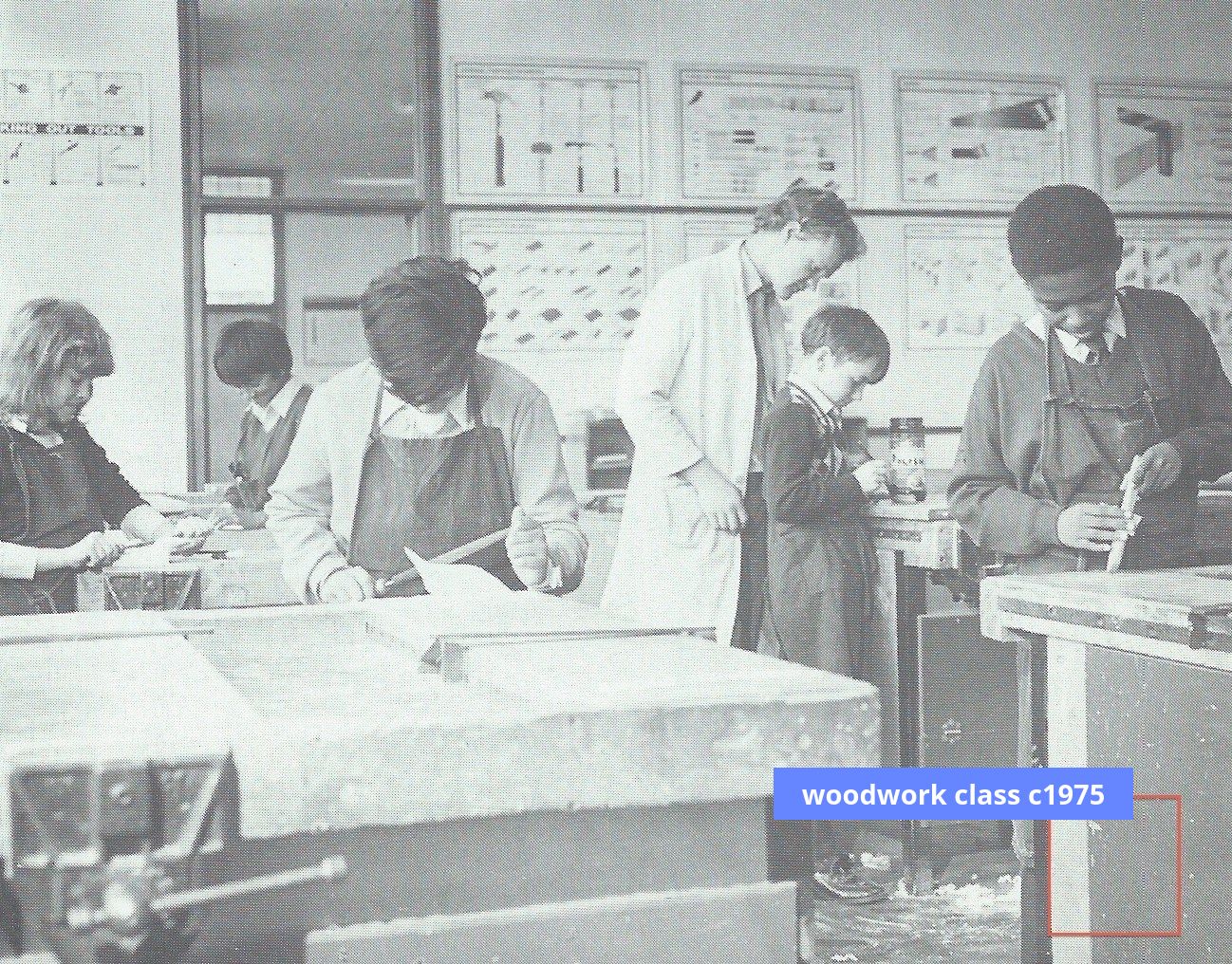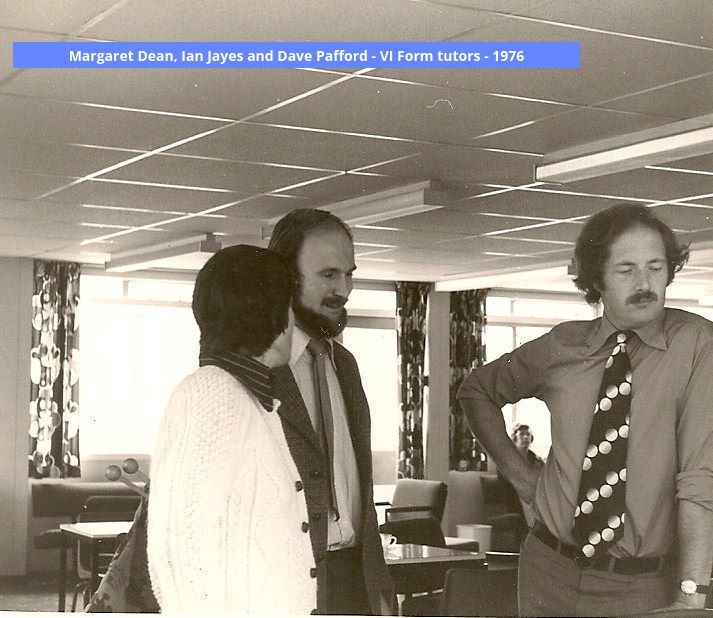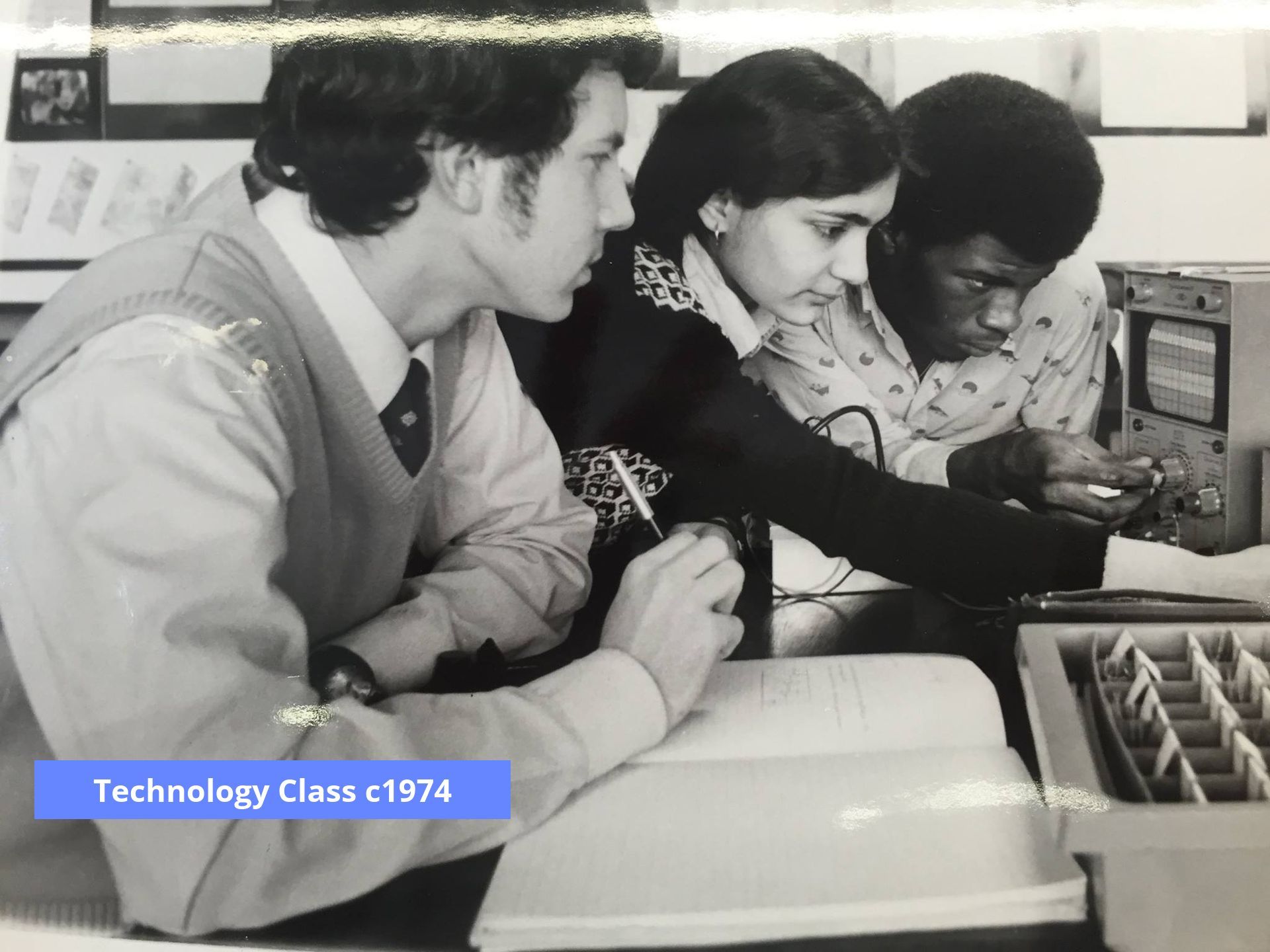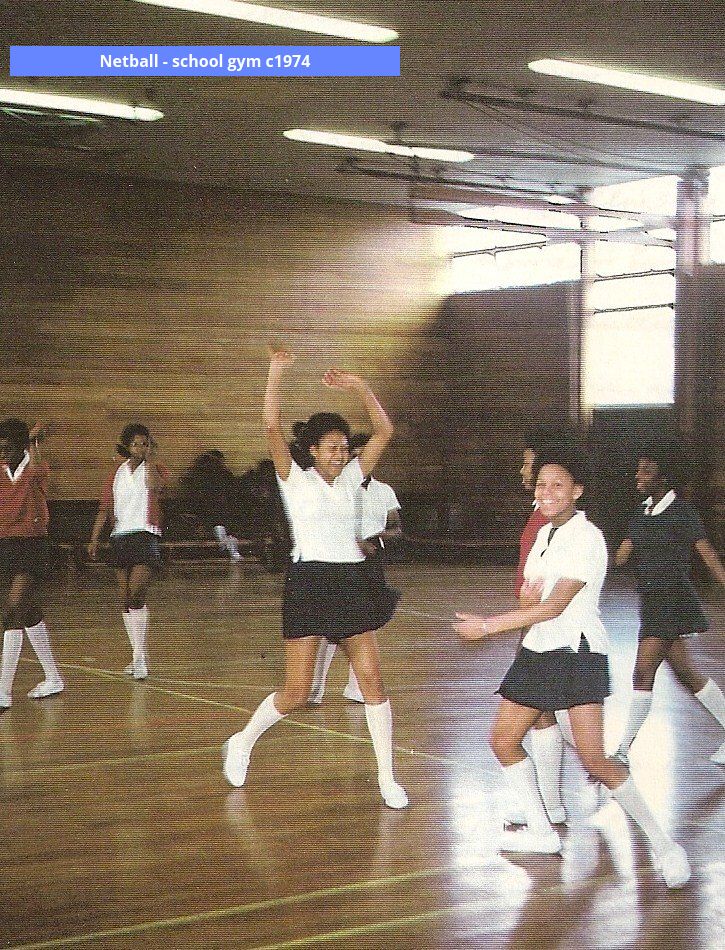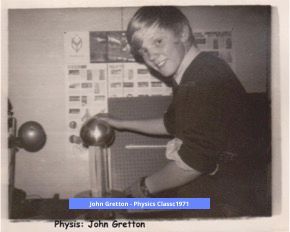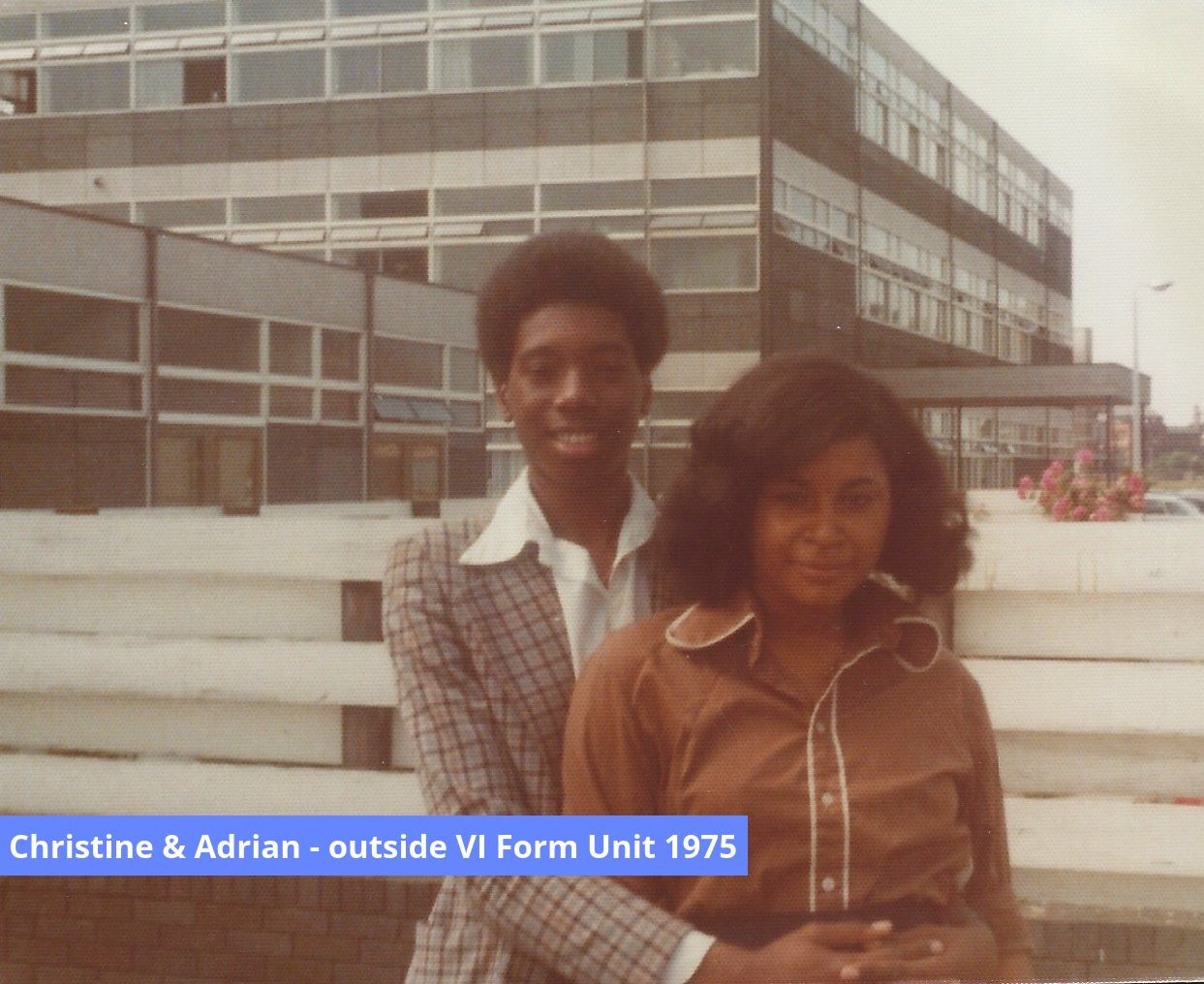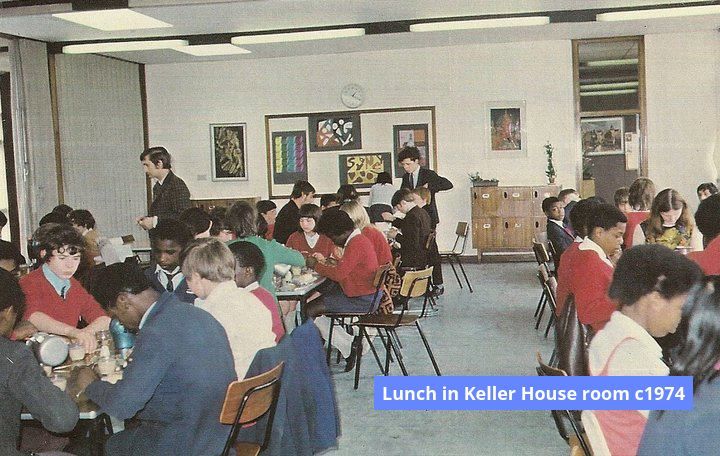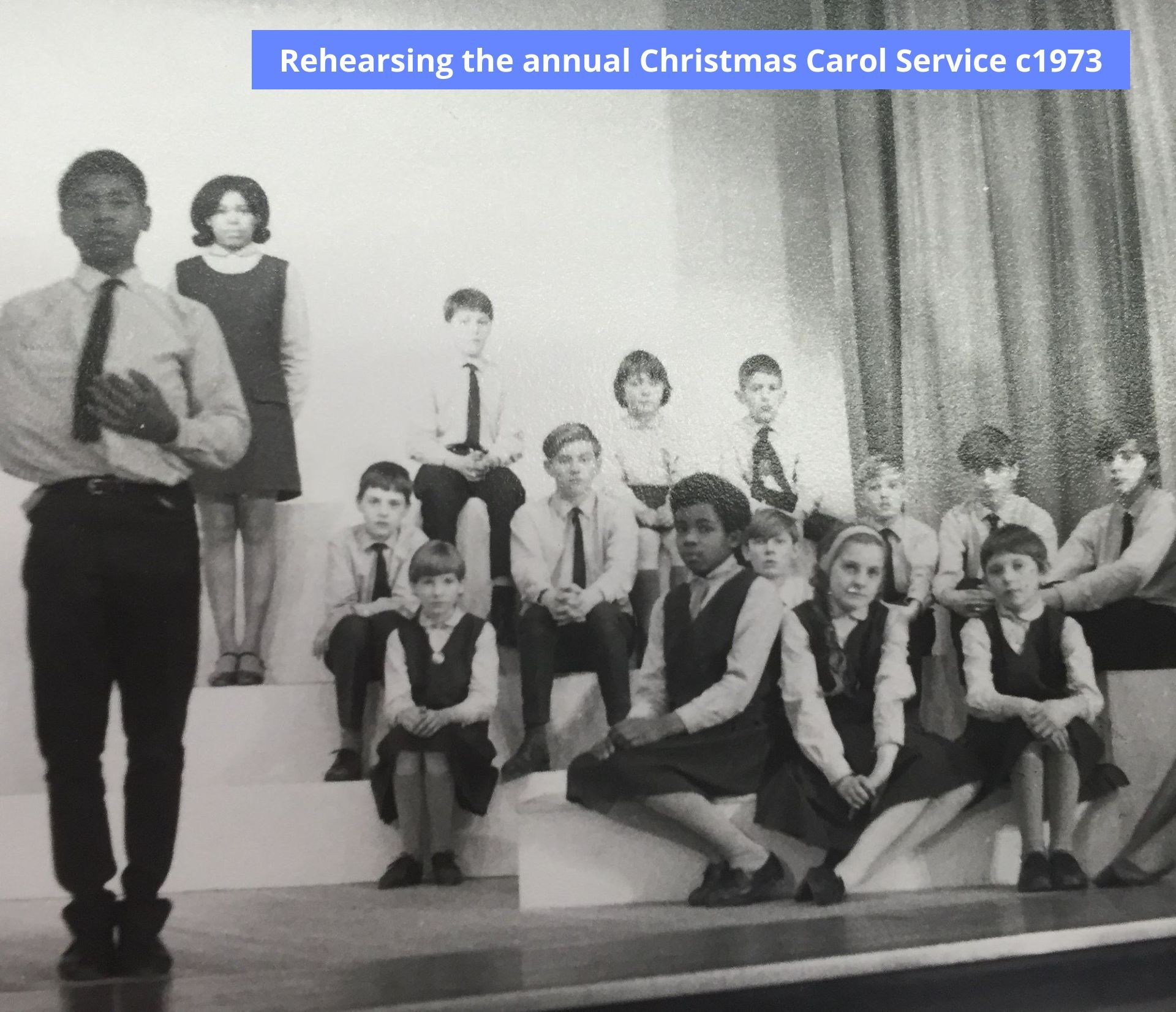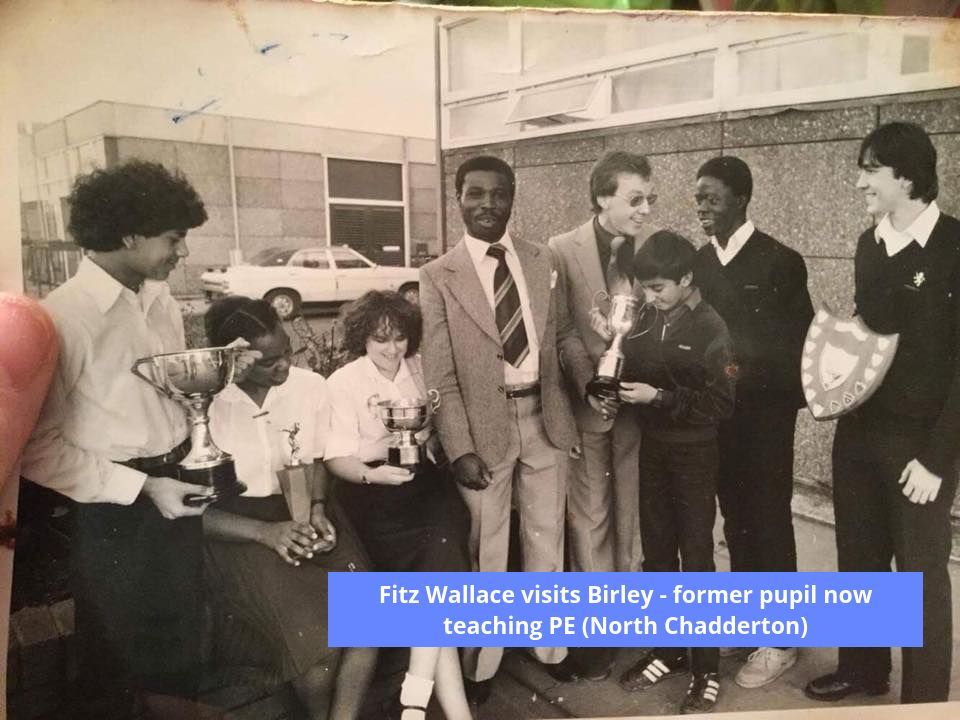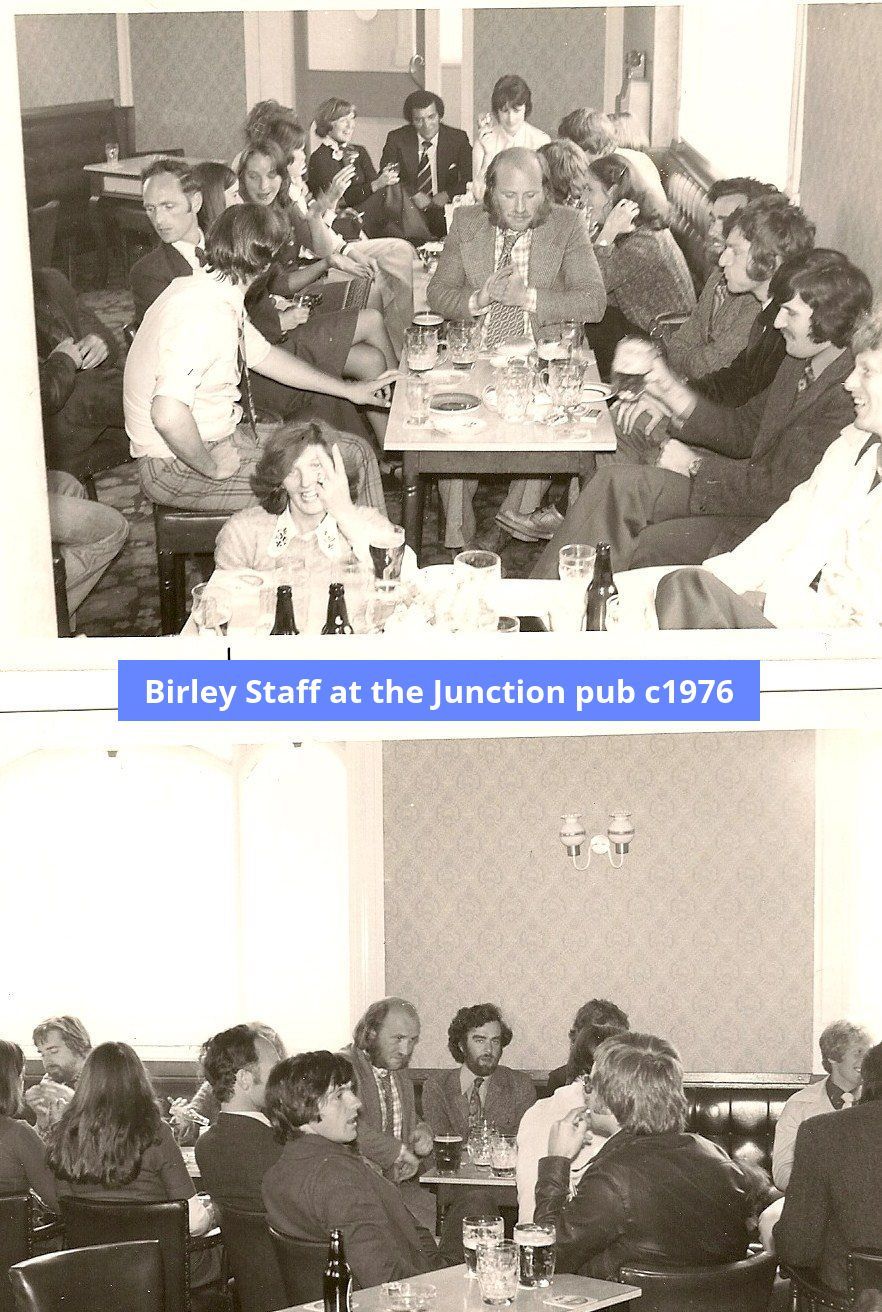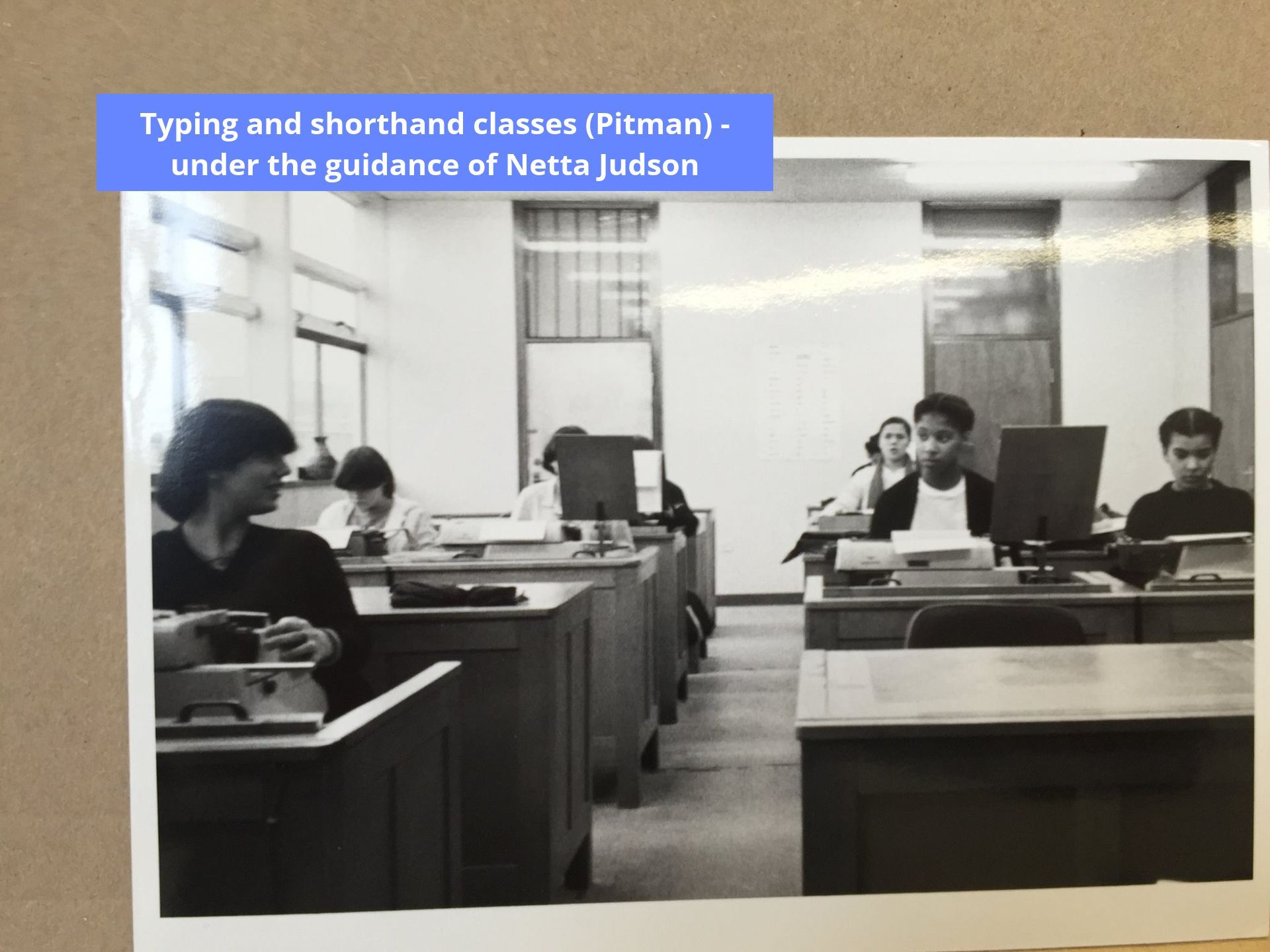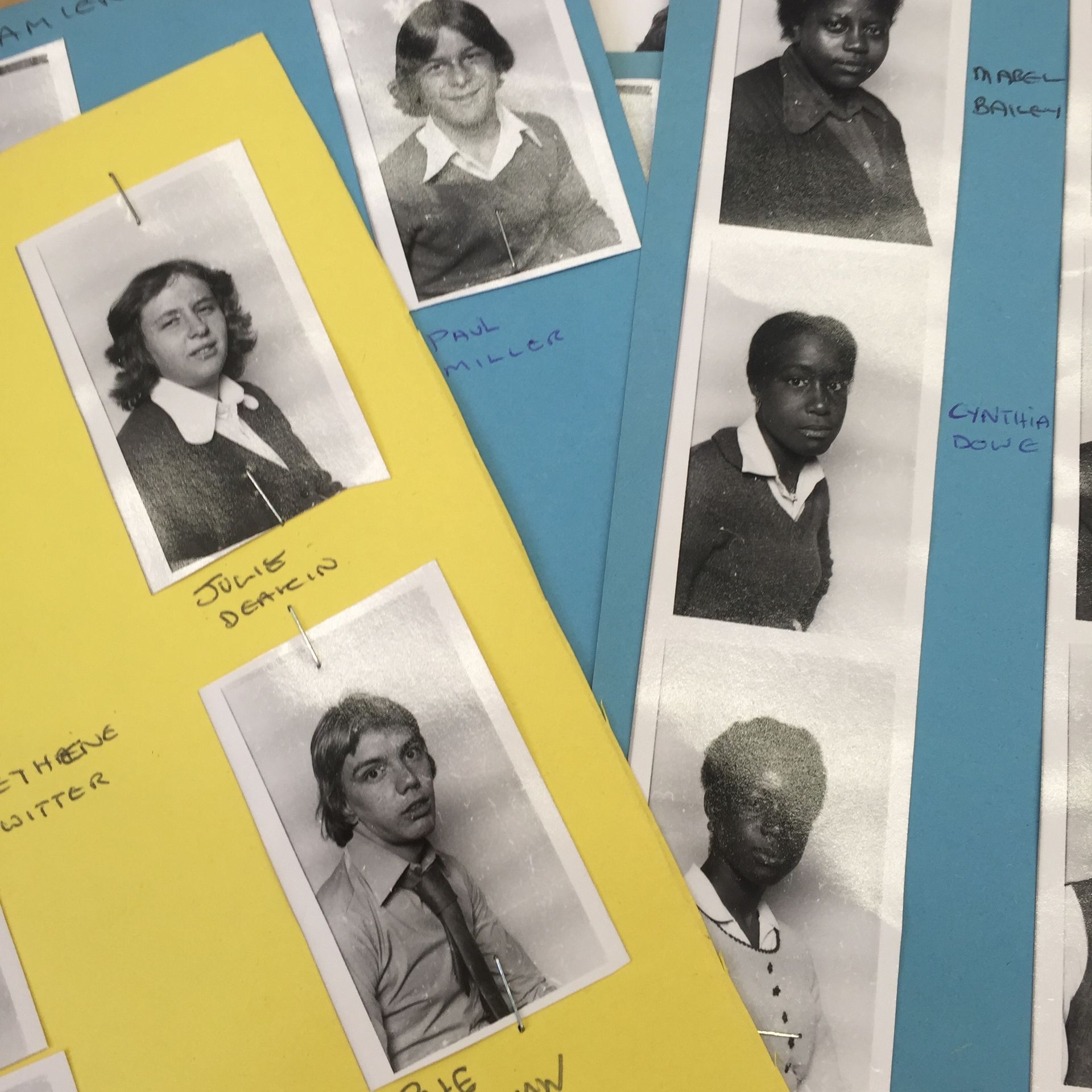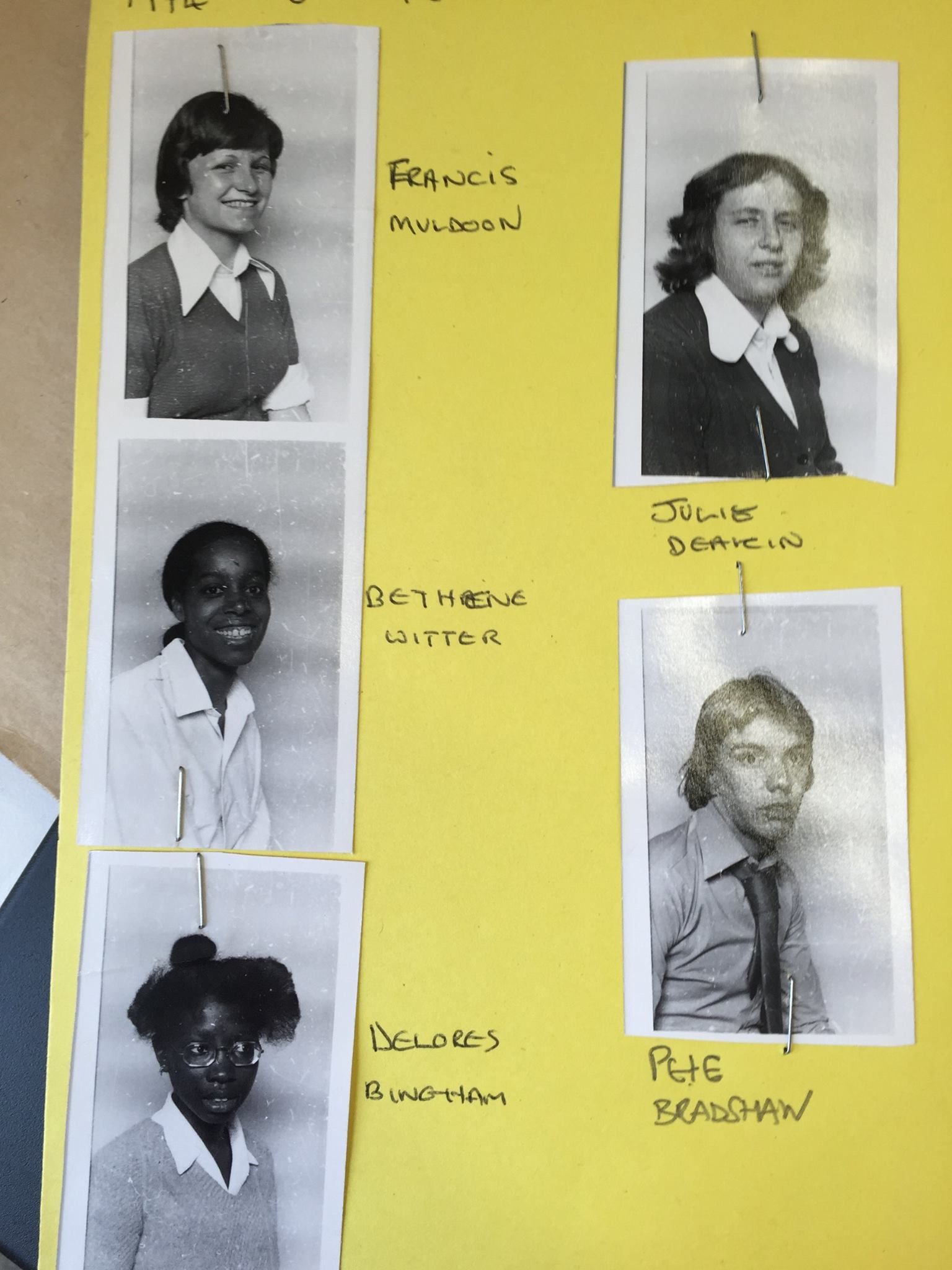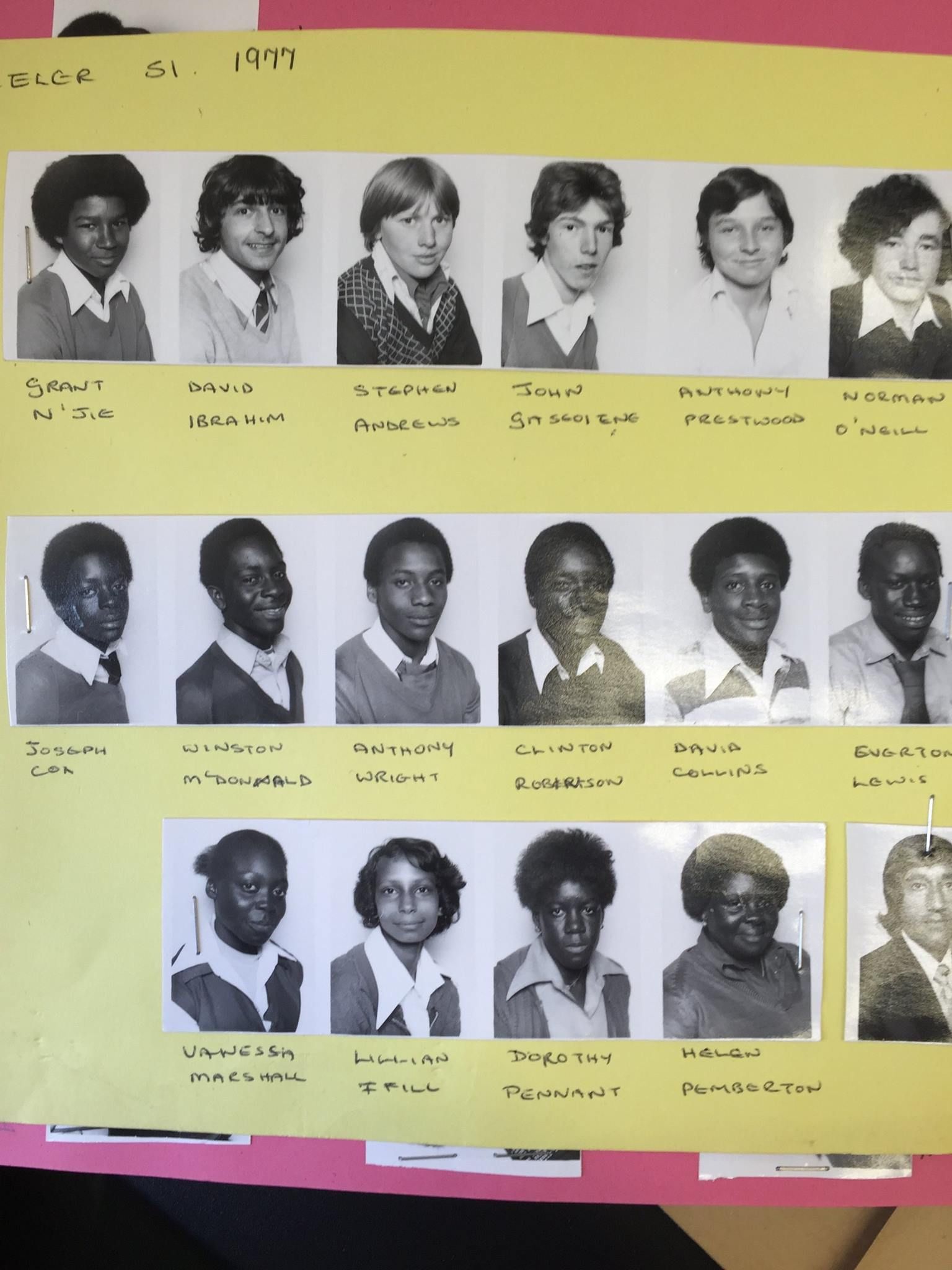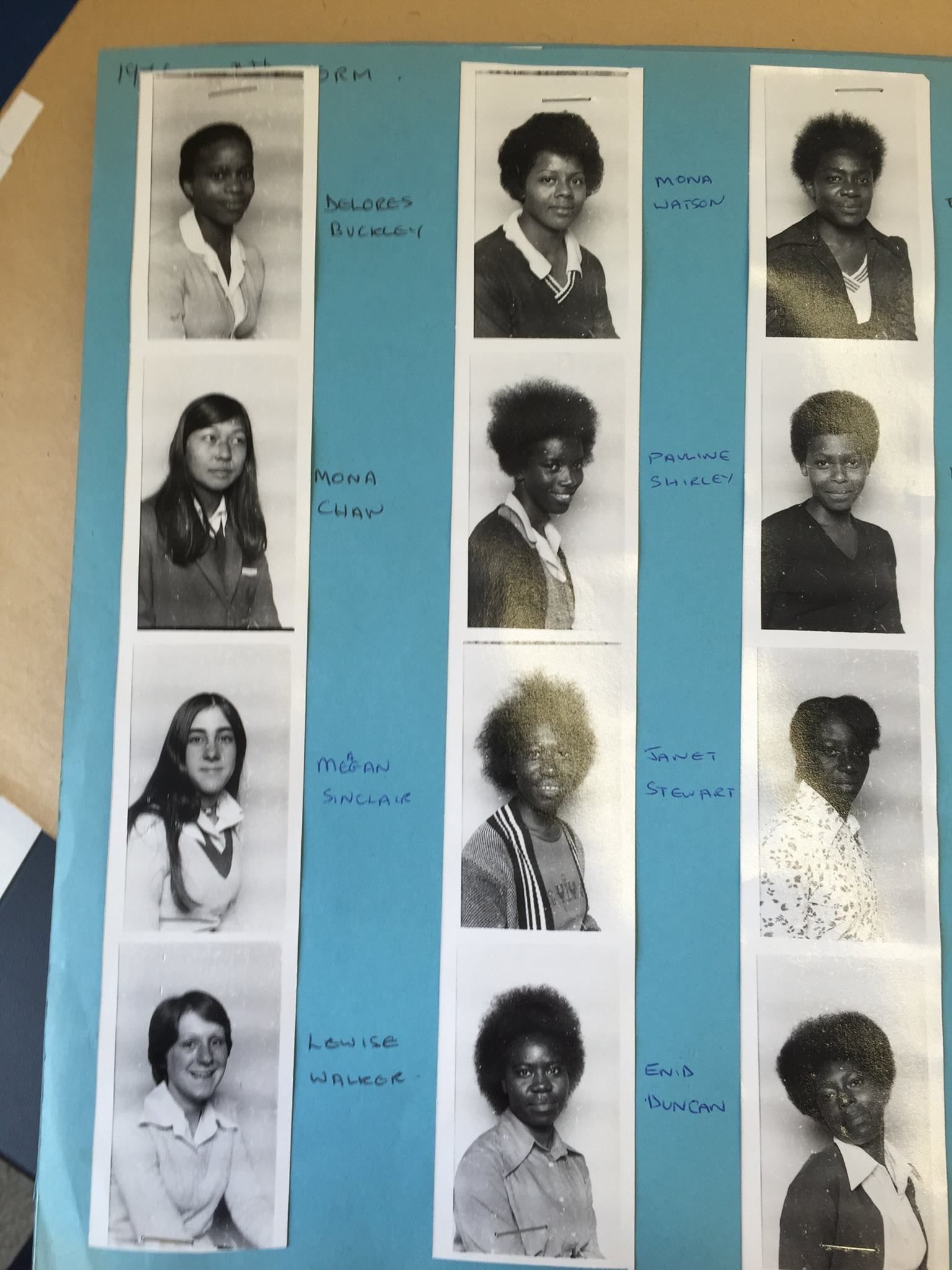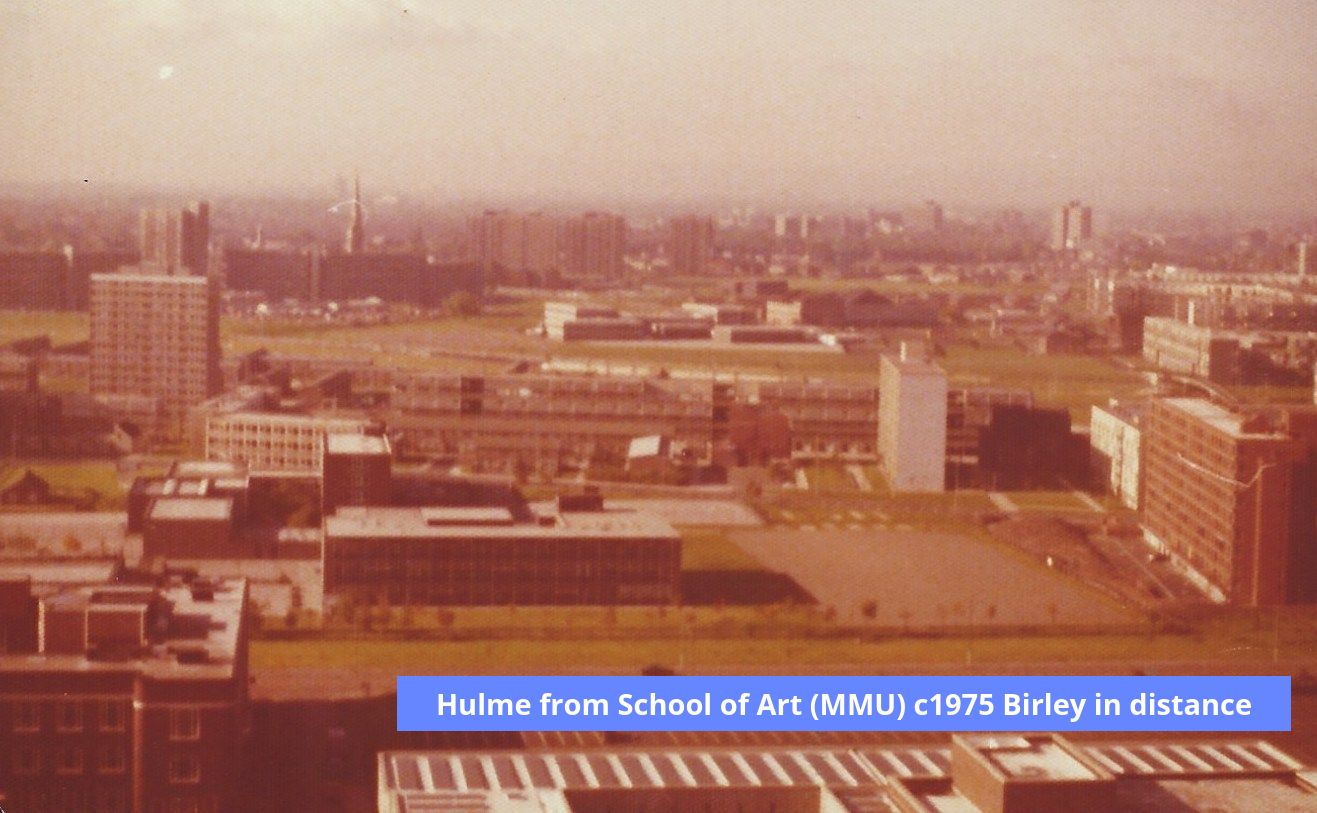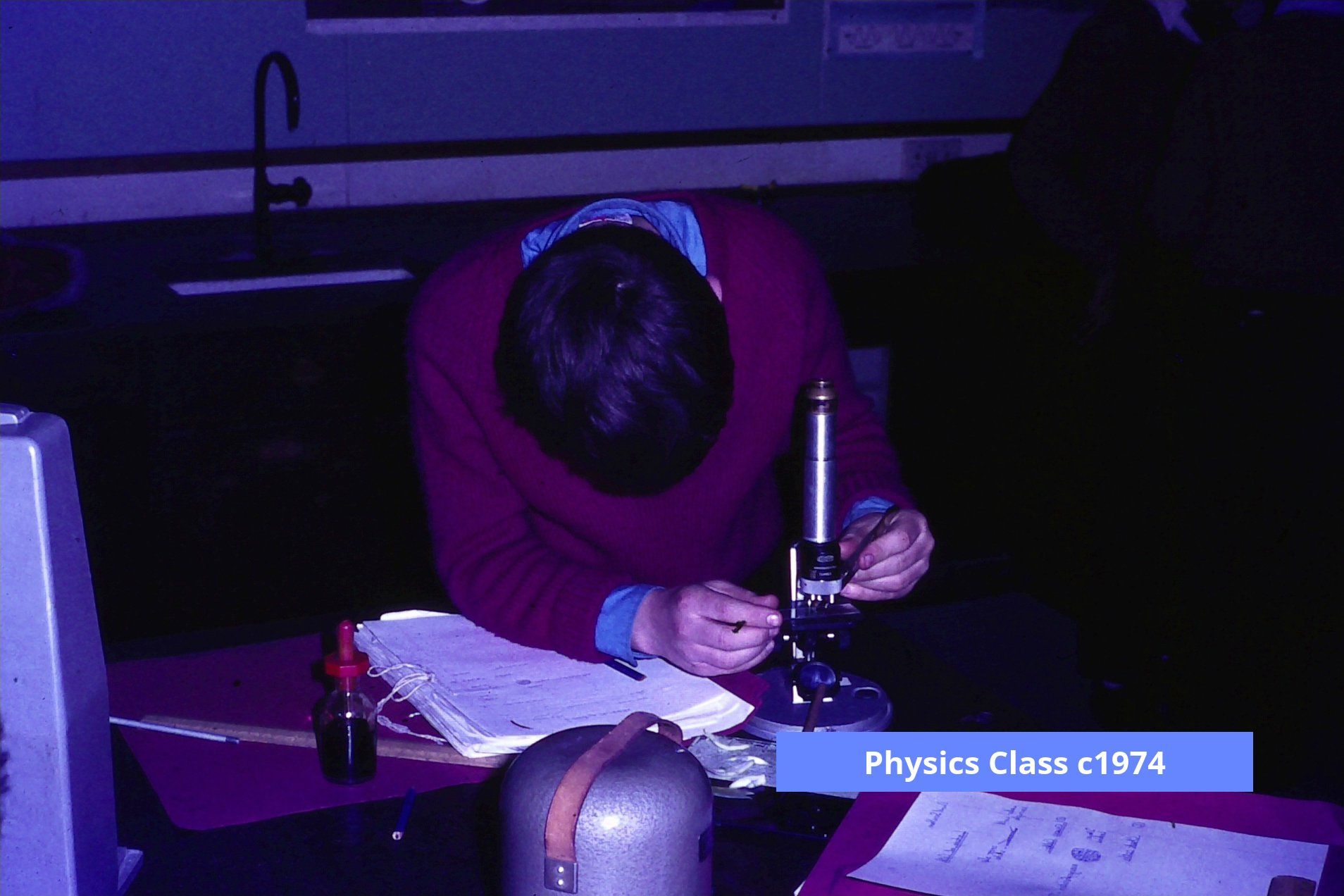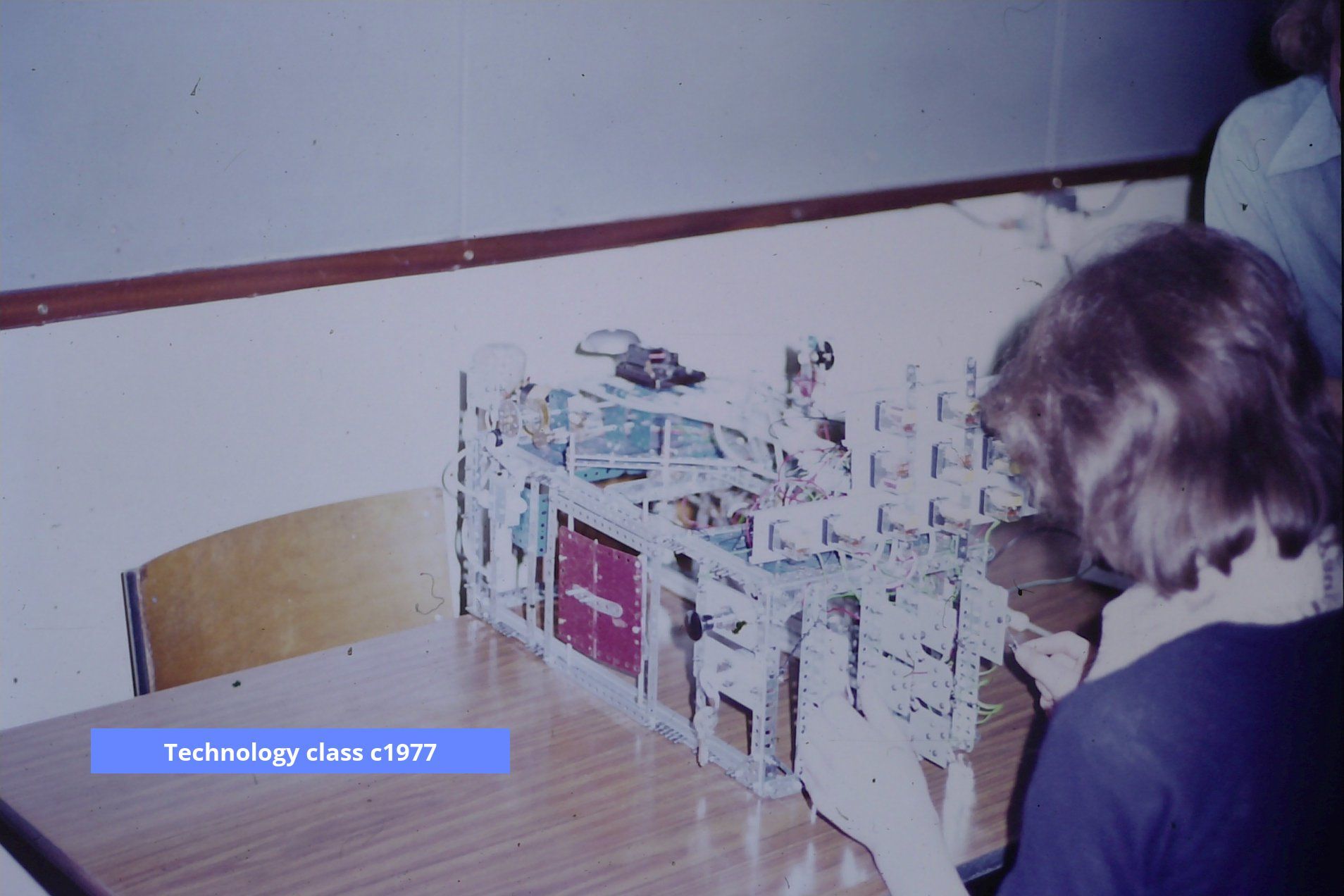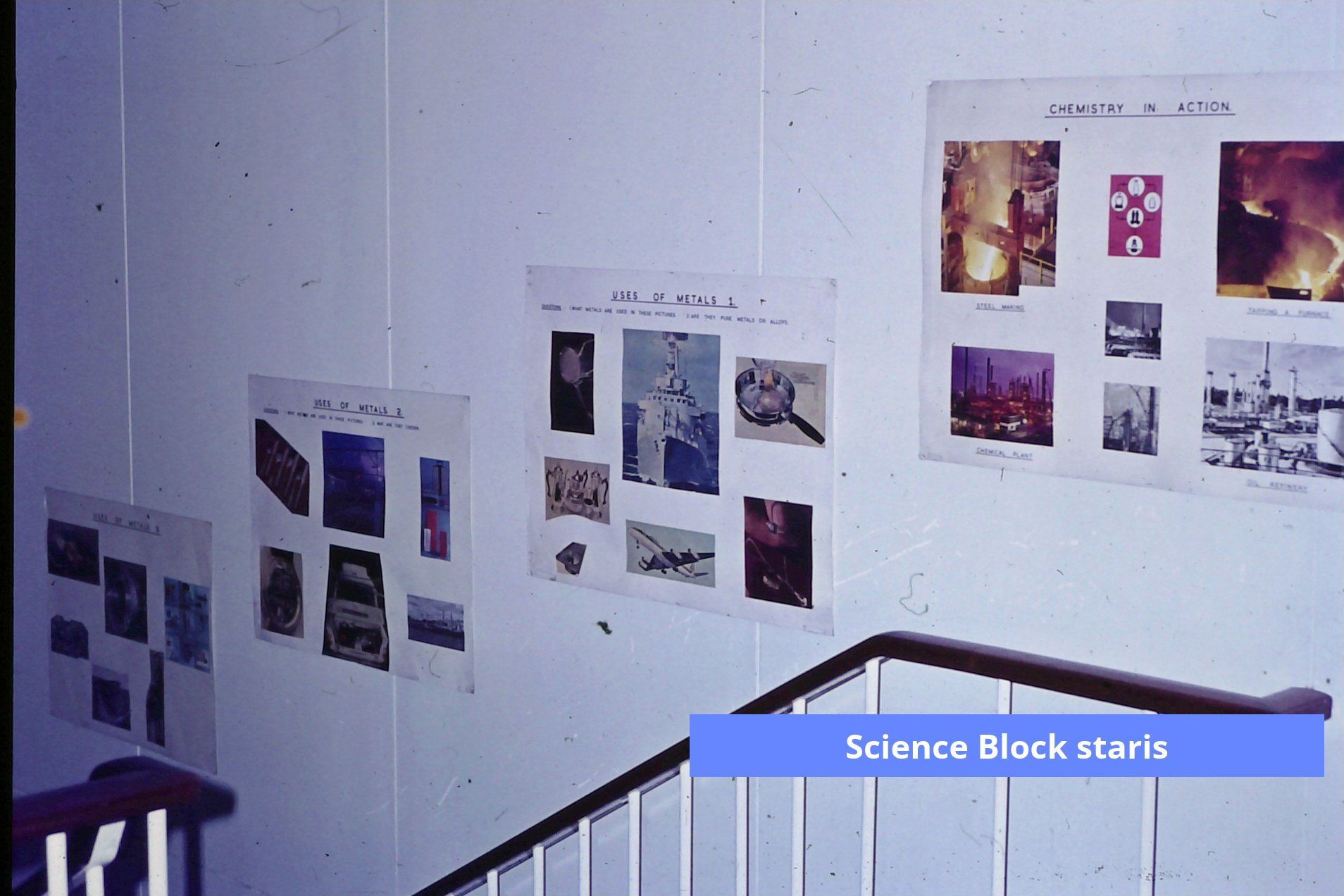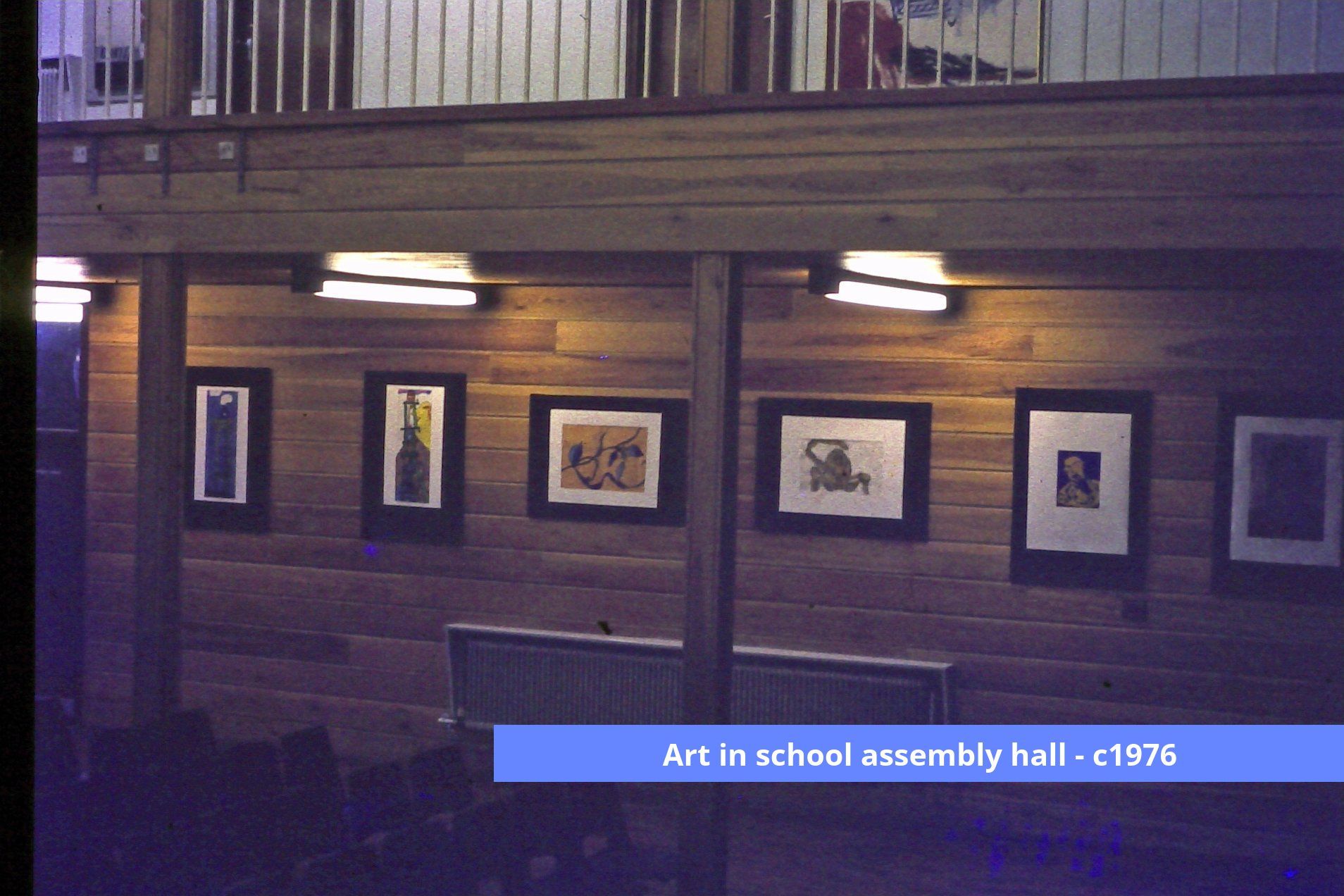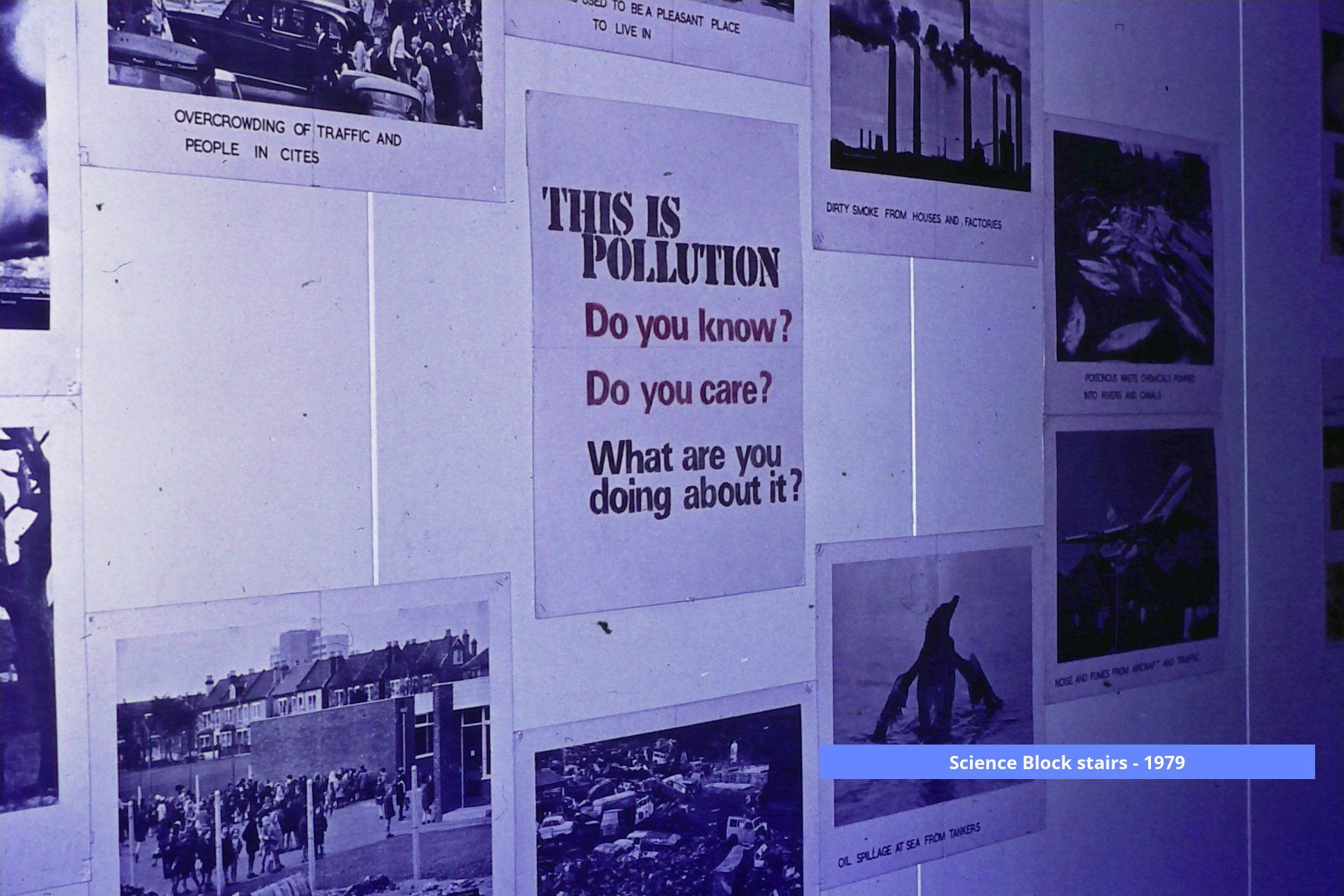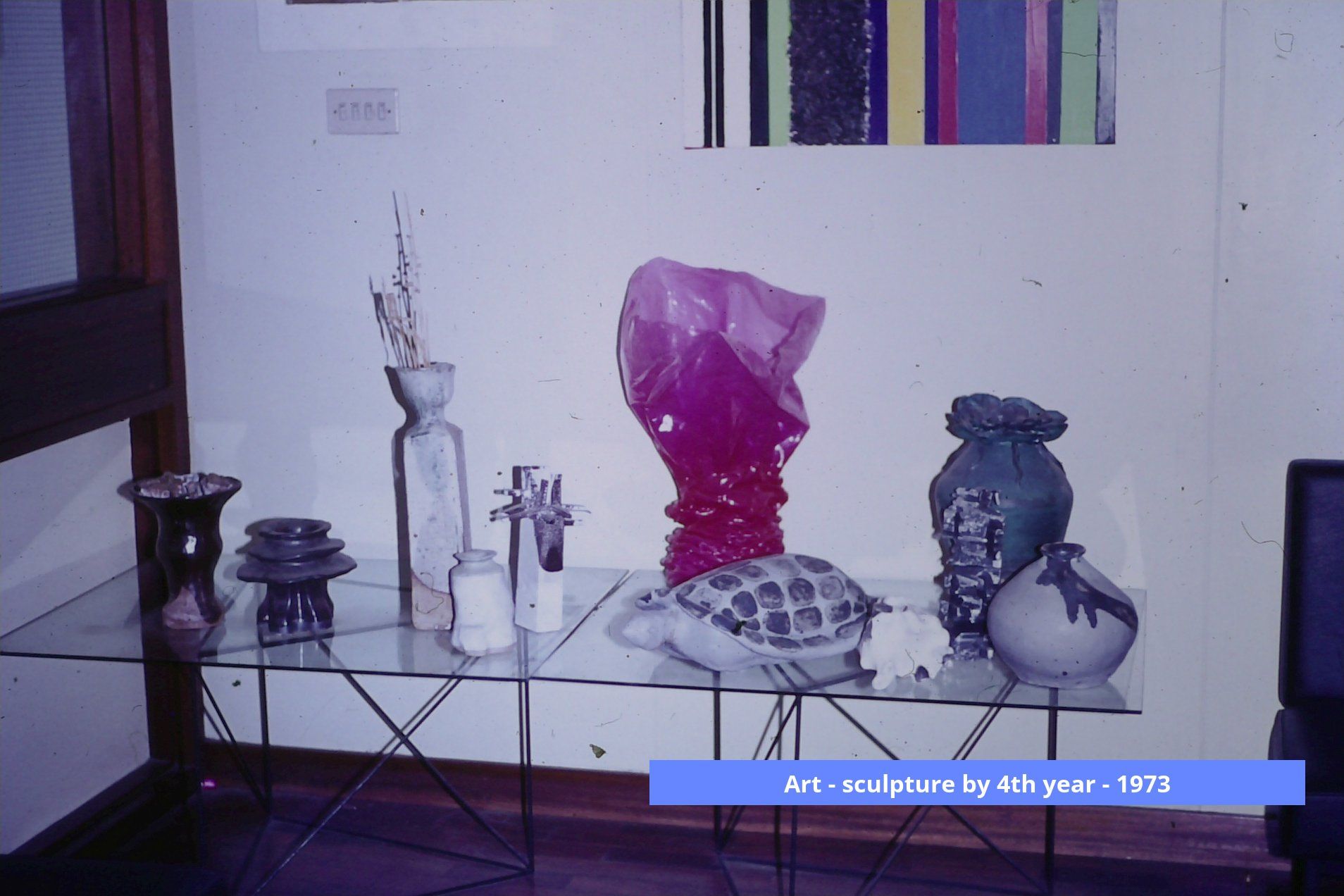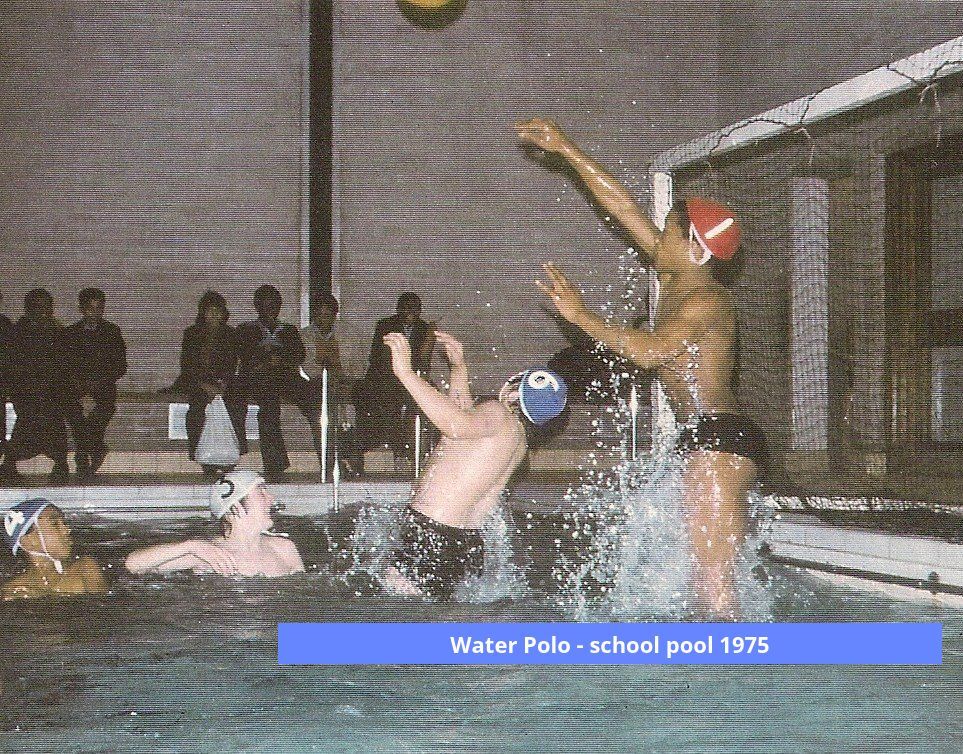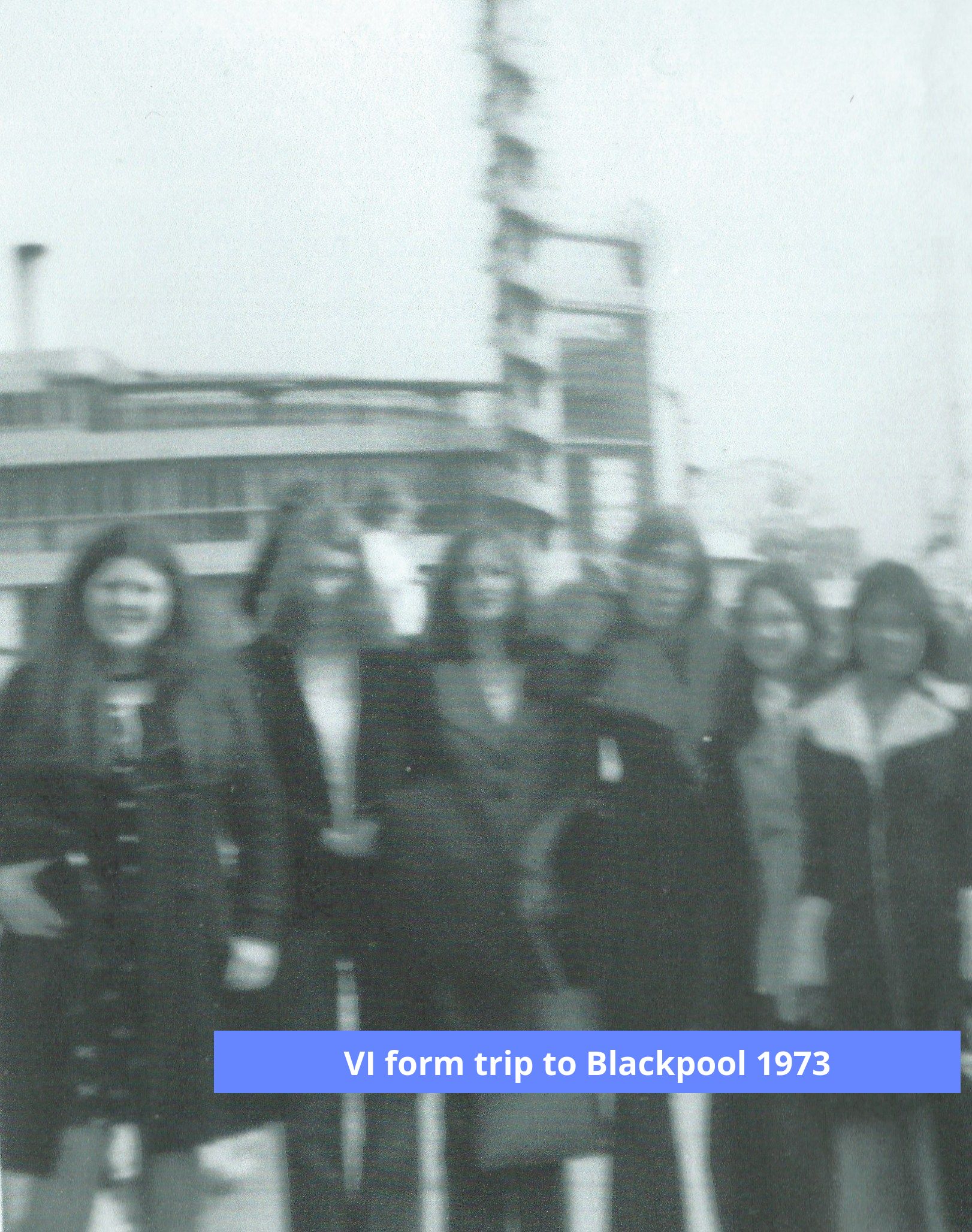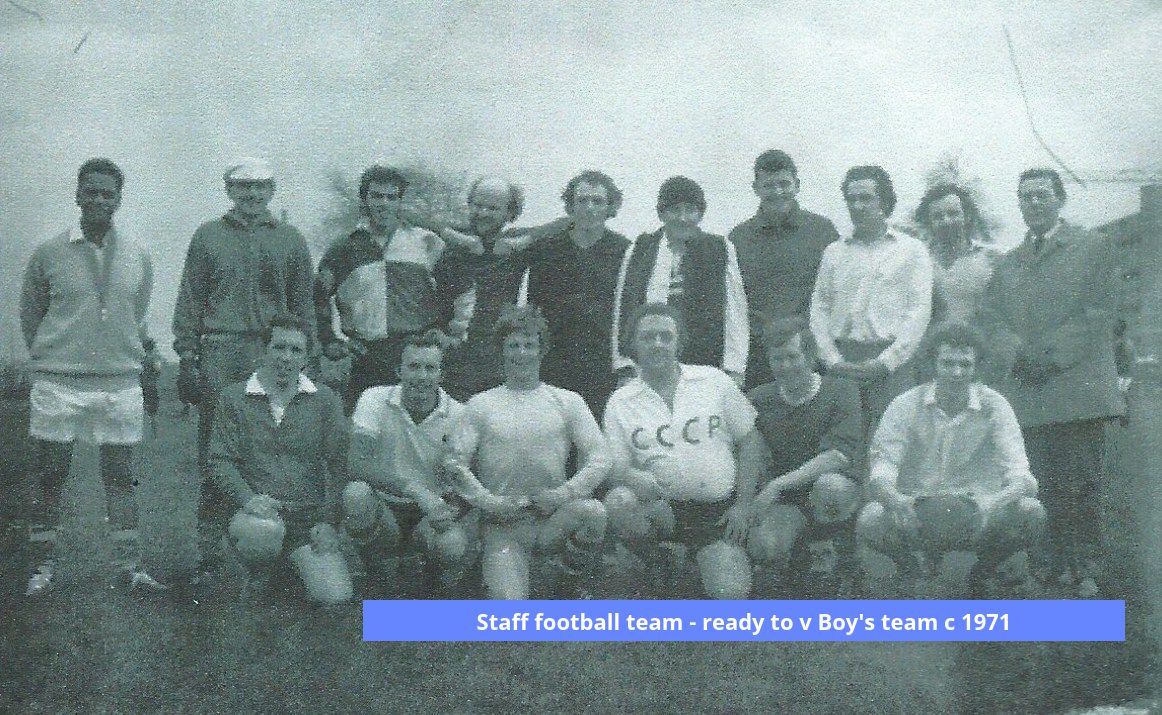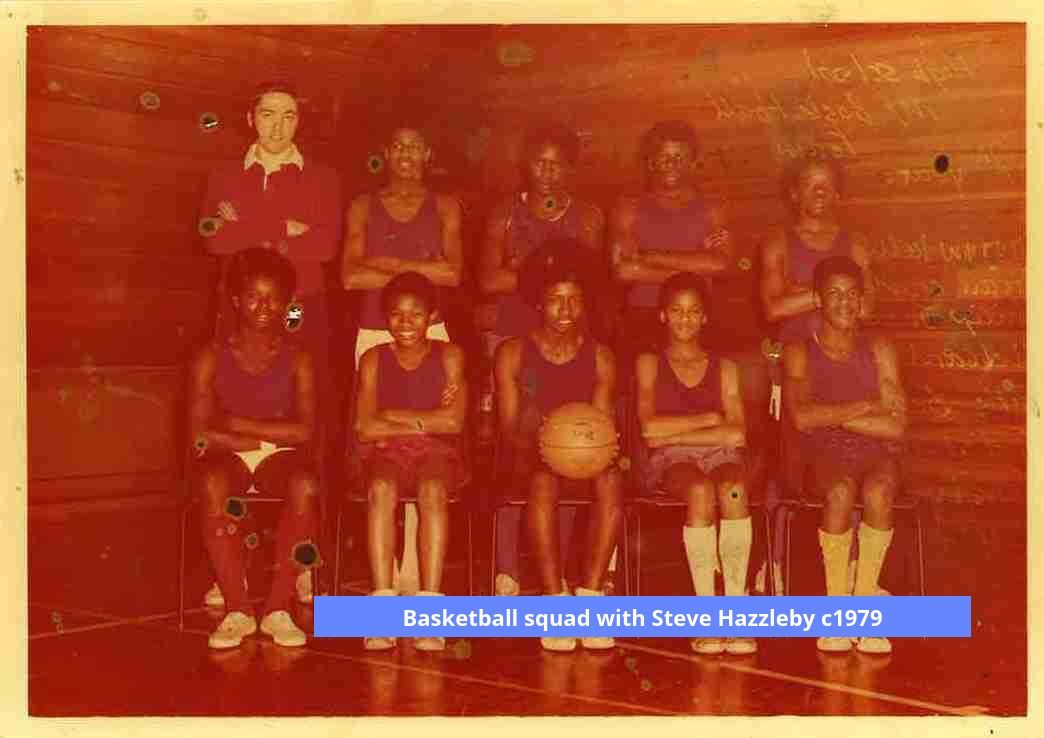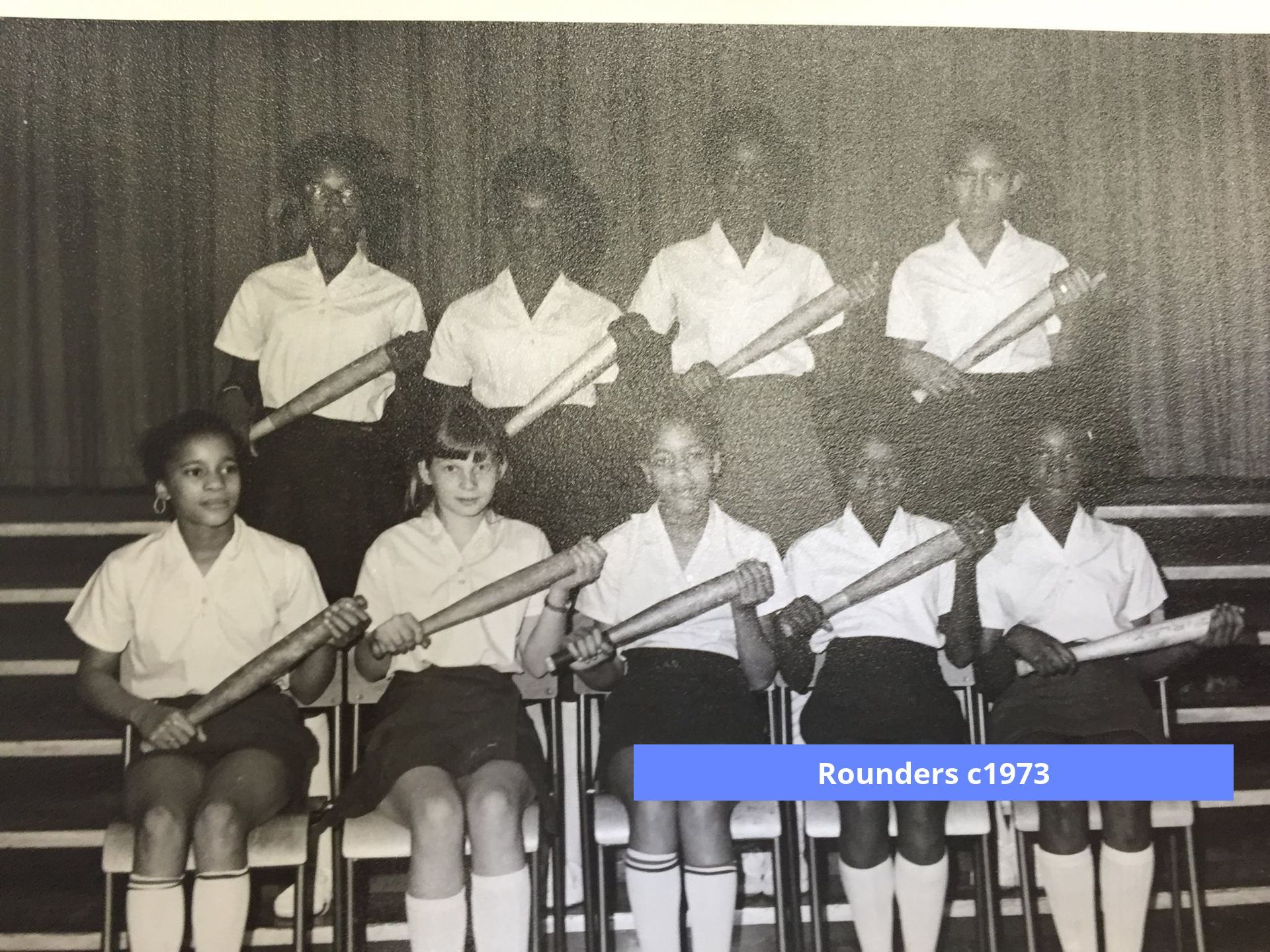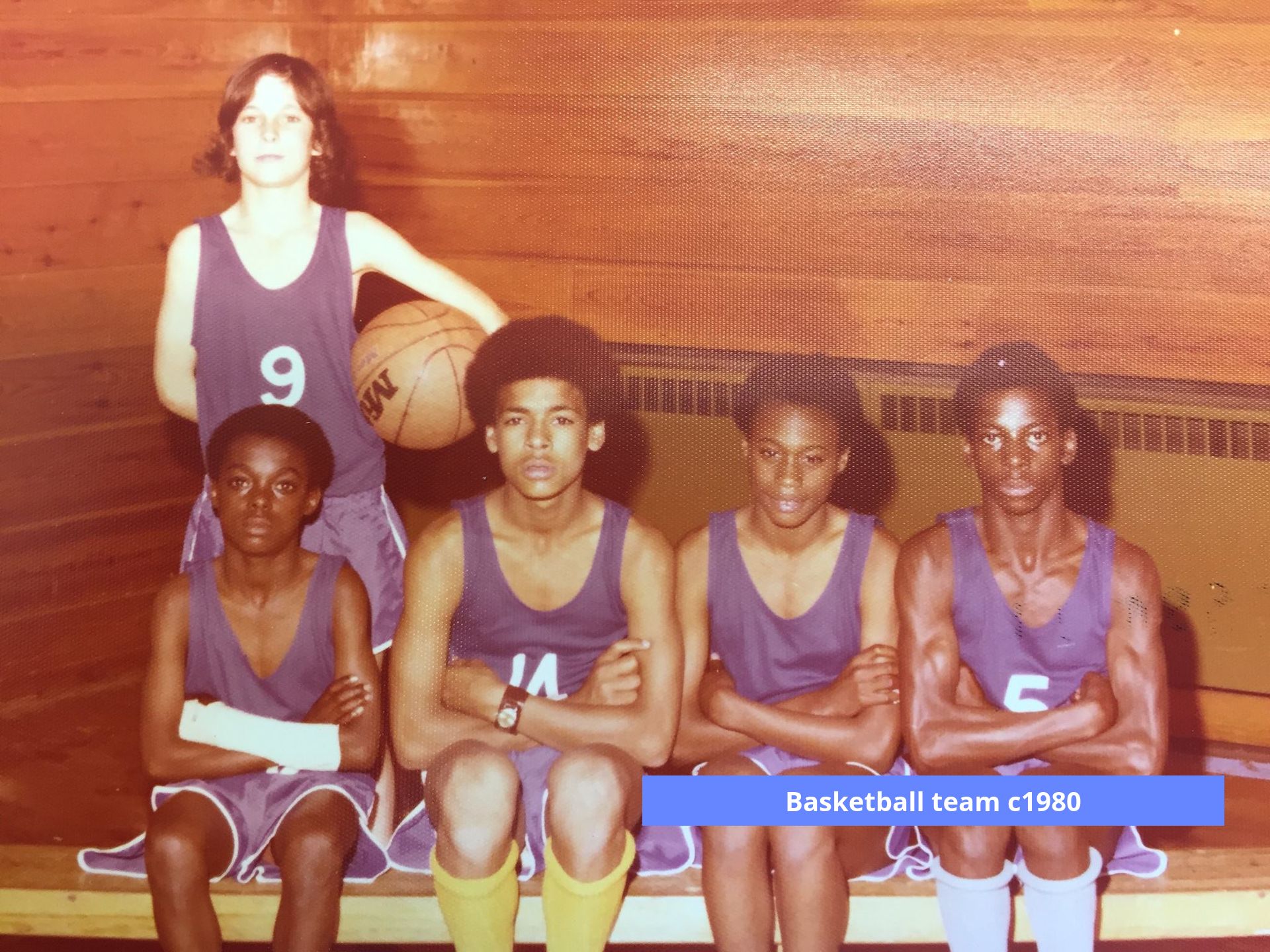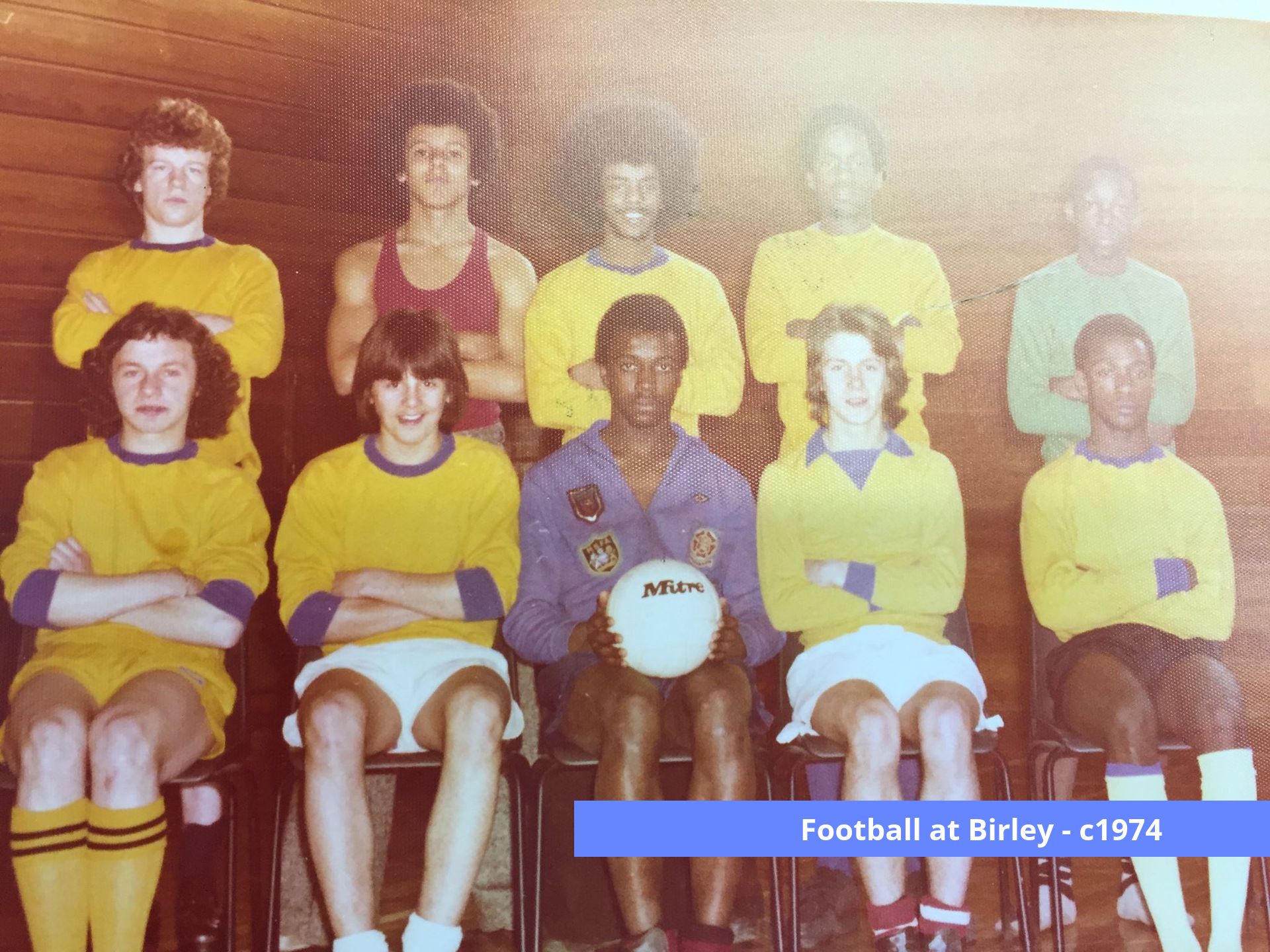History
Birley high school, hulme, manchester
a community of people that strive to succeed, to cooperate and recah the POTENTIAL that everyone of them has
(had)
- built on a set of standards of engagement and mutual support - learning and academic development on a FOUNDATION of cultural awareness and access to arts, music, sport and adventure - it's a time and place gone now, but its legacy remains in the people it helpED form and the community it helped build.
During the 1950's there began what turned out to be over a decade of often hostile debate about the future of education in Manchester. As a pilot, Yew Tree School had been established as an "all-through" secondary school (11-16) and the (then) Corporation was petitioned for and against the proposed changes and development of comprehensive schools. By 1963 it had been agreed that 24 new high schools would be established with four brand new builds using the CLASP system of construction and procurement.
These new schools were Parrs Wood, Moston Brook, Fairfield (Wright Robinson) and South Hulme High School (Birley). The new schools would begin life from September 1967 and a massive recruitment of staff and heads took place - 1200 new teaching posts within a huge restructure. South Hulme opended its doors on 7th September 1967 with Ernest McDonnell as its Head following his move from Barlow Hall in Chorlton and his previously successful Headships, including Nichols at Ardwick. He brought with him a wonderful and enthusiastic team and recruited others, all talented in their subjects and teaching skills - as the school roll grew.
It became Birley High School early in 1969 following the closure of another bearing that name - Birley Street School in Beswick. Herbert Birley was the first Chairman of the Manchester School Board (1870-1885) and his family succeeded him in the governance of education in the city for many years.
Although Birley first opened its doors in 1967, it wasn't until 1970 that the 'official' opening ceremony took place, at a time when the school had a generally full complement of pulse and staff.
The first years at Birley were filled with both excitement and positivity, yet with some trepidation and anxiety too - this brave new world of comprehensive education set amongst Europe's biggest 'slum clearance' (Hulme 1960s) was a huge leap of faith for local people, families and for the city council too.
The new school, once building work started, rose quickly amongst the cleared loads of former terraced streets of Victorian housing, businesses, shopping parades, theatres and public houses - all gone ready for the future.
Already, new primary schools had opened in a smiler design style (CLASP) - Royce, Martenscroft (which replaced both Higher ormond Street and Embden Steet schools) and St Philips, alongside the existing Gaythorne, St George's, St Augustine's and St Wilfred's.
Birley brought together too older secondary (modern) schools - North Hulme boy's school on City Road and South Hulme girl's school on Upper Jackson Street..
set in an 18-acre site - when built, Birley was 'state of the art' - offering a full and comprehensive provision for learning, social care, It was set to serve the 'new Hulme' of the 1970s and the growing population of Manchester.
it had its detractors - but how wrong would they be proven to be .......
These pages aim to give an insight and overview only -
- the story of Birley High School, Manchester is important, not just to those who attended as students or staff (sometimes both) - but to our city and it's development from the 1960's through to the end of the last century and beyond.
Today (2023) the site is a mix of business estate and fittingly, the home to the school of education at Manchester Metropolitan University - the Birley Campus - which occupies part of our old school fields
Contrary to some populist local belief, our school badge, the flame-red phoenix was not a symbol of the Birley Mills in Manchester (circa 1850). It was designed by our Head of Art, ken Hallsall when the school opened in 1967 and symbolised the rebirth of Hulme in the 1960's regeneration. That phoenix appeared on our French blue blazers and all school materials.
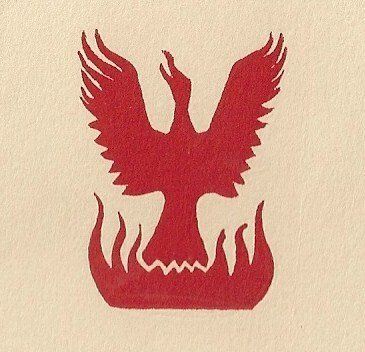
As new people came to live in Hulme in the early 1970's (and surrounding areas), so the roll grew with some 1200 students at its height enjoying the facilities of purpose built science labs, a language lab, swimming pool, gymnasium, running track and 12 acres of playing fields. There was a magnificent, if often too small, assembly hall at the centre of the school in which there were plays, drama, music and other events. The four houses (Churchill, Damien, Hillary & Keller) each had their own assembly/dining spaces and there was a vibrant youth club for the evenings.
With students succeeding in all walks of life, professional and personal, Birley enjoyed its halcyon days in the late 1960's and through to the late 1970's/early 80's. But Hulme again was the focus of a 1990's major urban regeneration and has been rebulit - this time without Birley High School. It was demolished in 1998.
The one lasting symbol is a giant redwood sequoia tree - gifted to Birley High School during a Canadian state visit in 1971 and planed in the west quadrangle. It's still here, protected by a palisade fence - on the aptly named Phoenix Way - let's hope it survives and can remain beacon of hope over adversity.
Below: Staff photo c 1970.
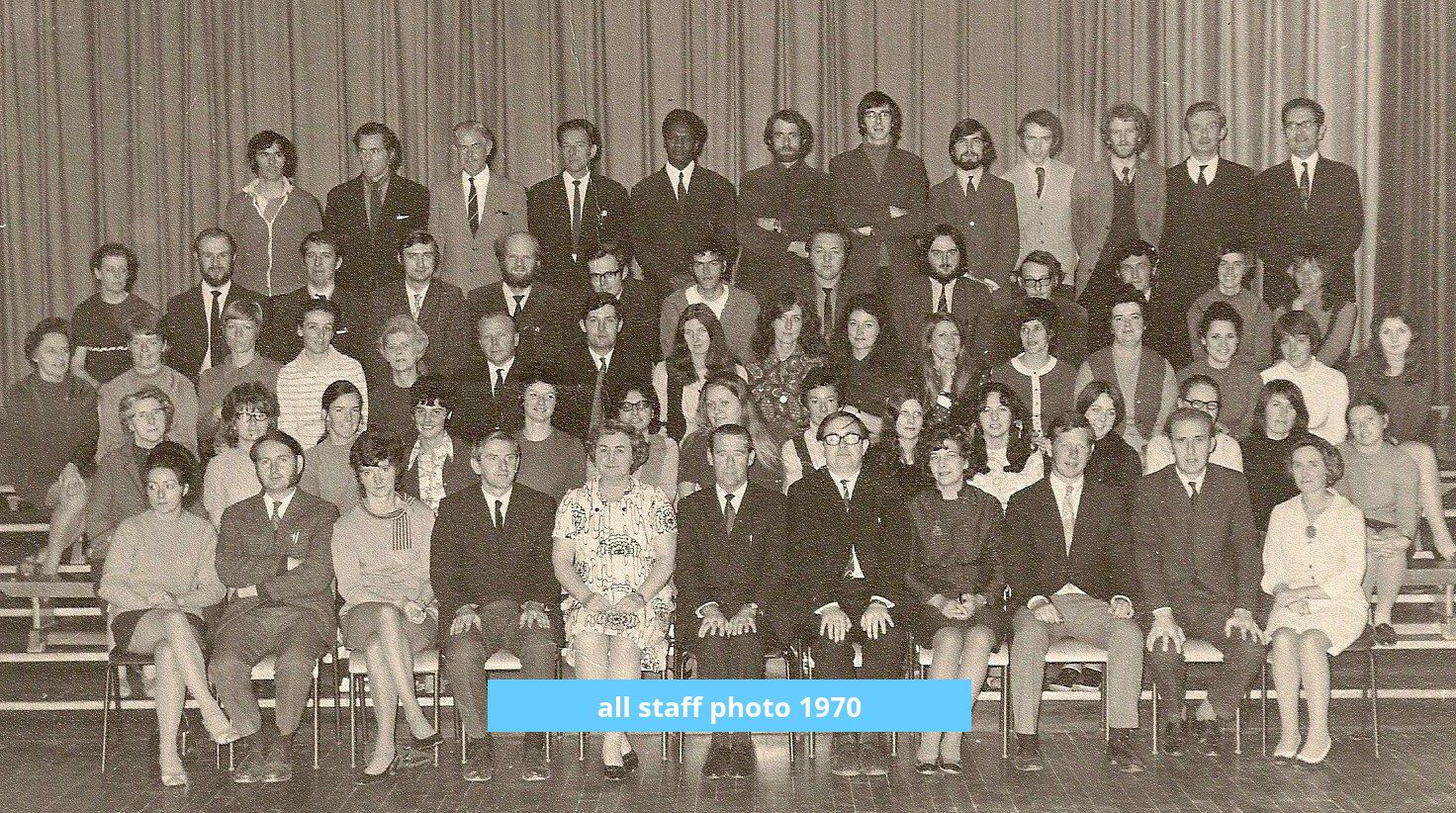
A: staff: c 1970 B: lunch in Keller House (c1972)
netball (1974)
waterpolo (1974)
below: Mr Young leads a raod safety quiz (c1972)
